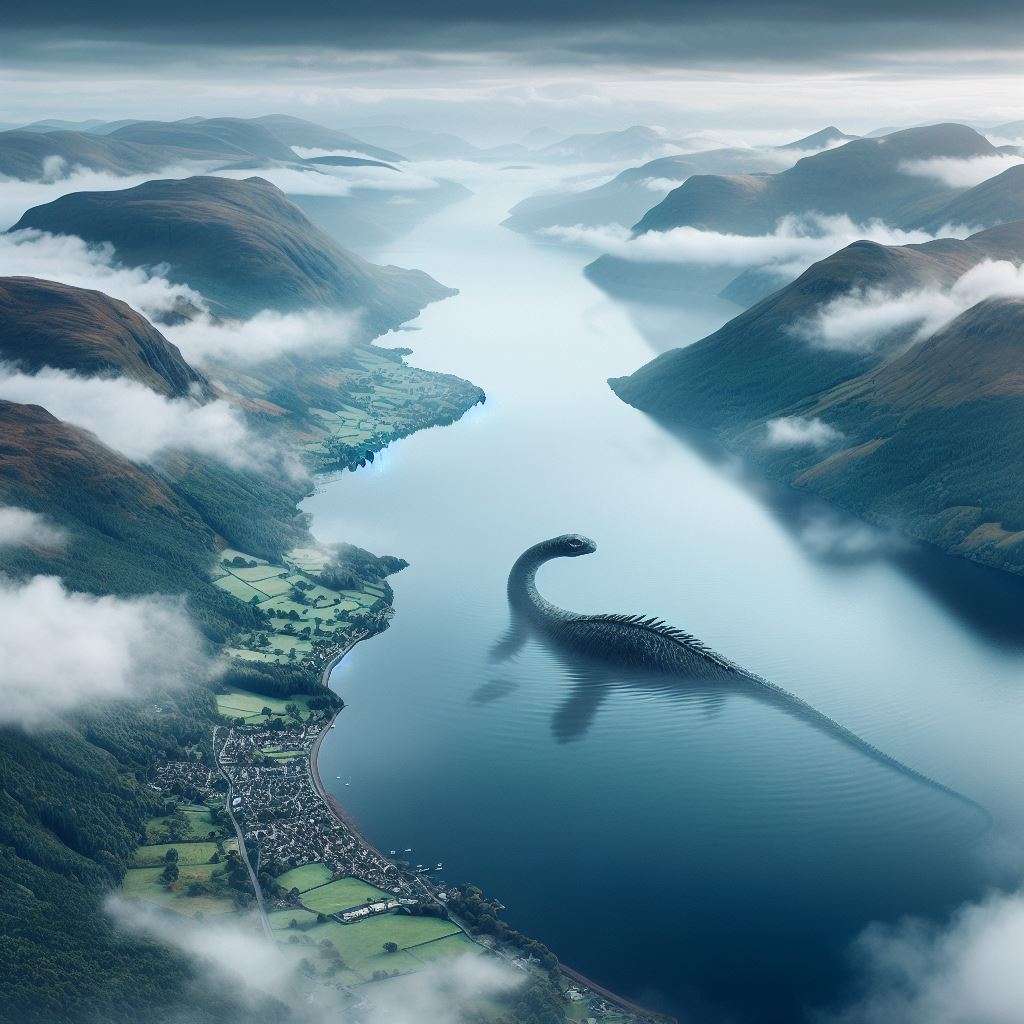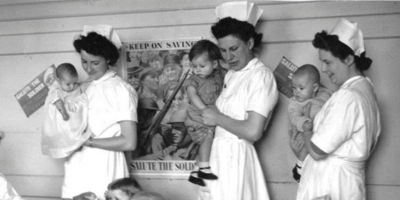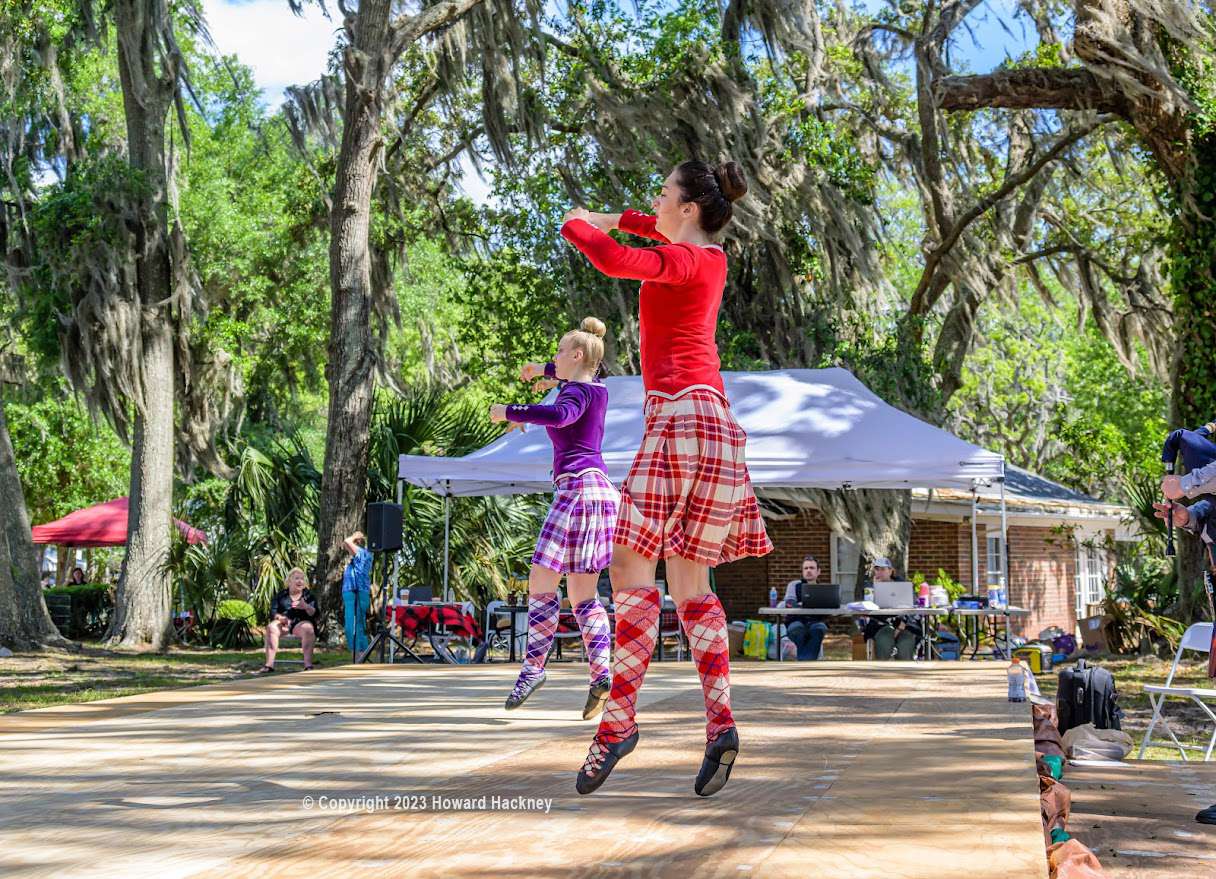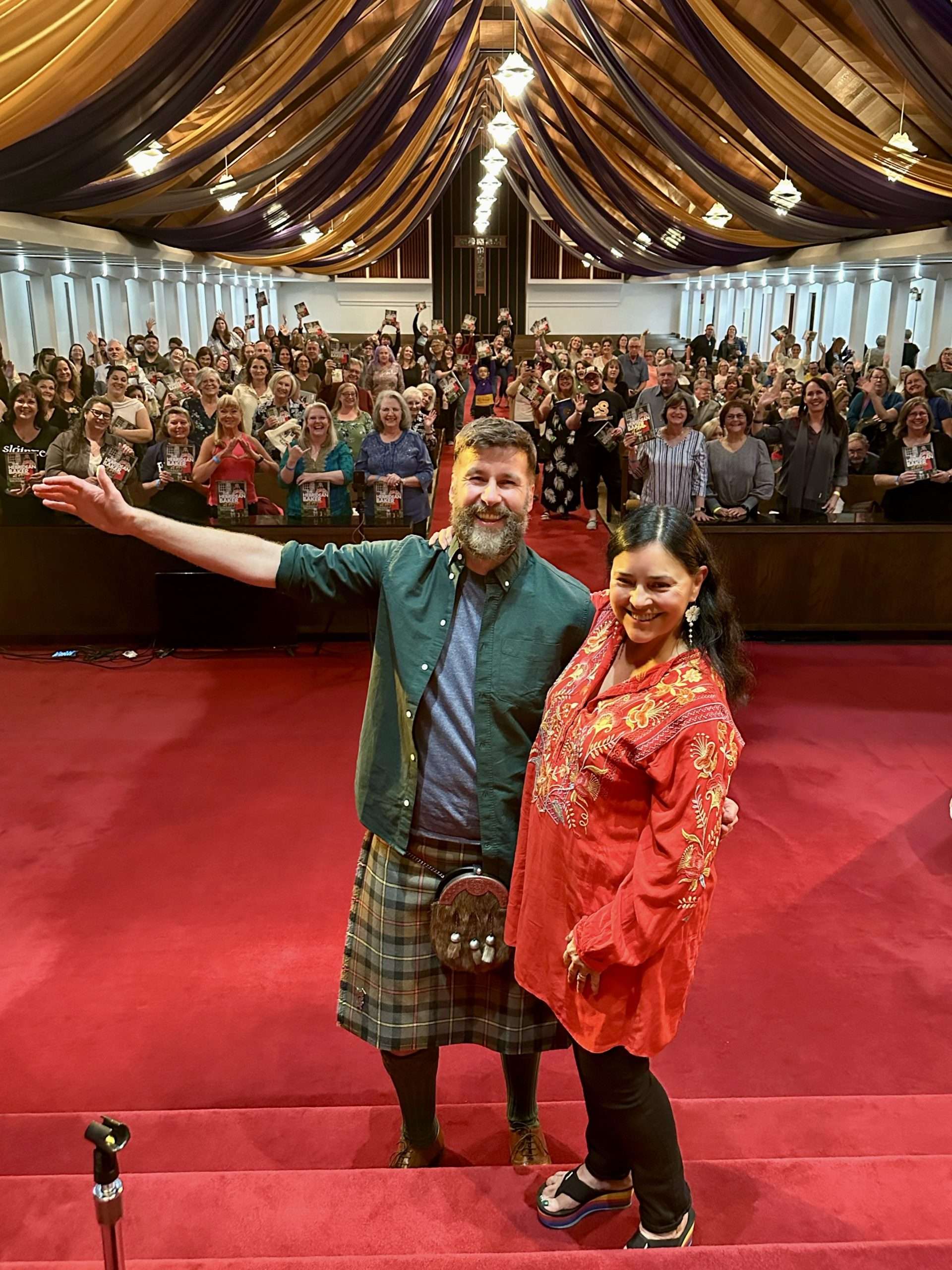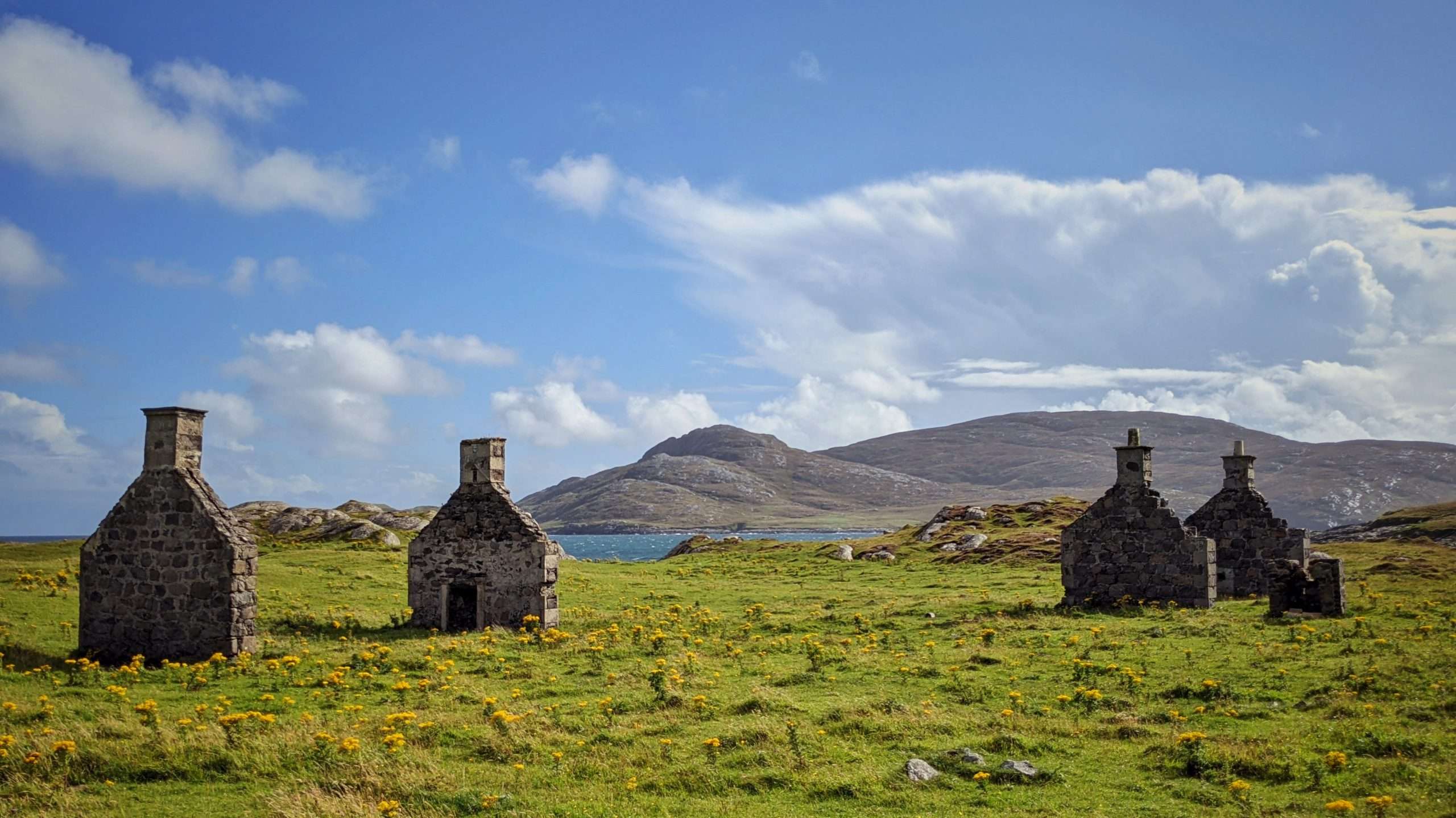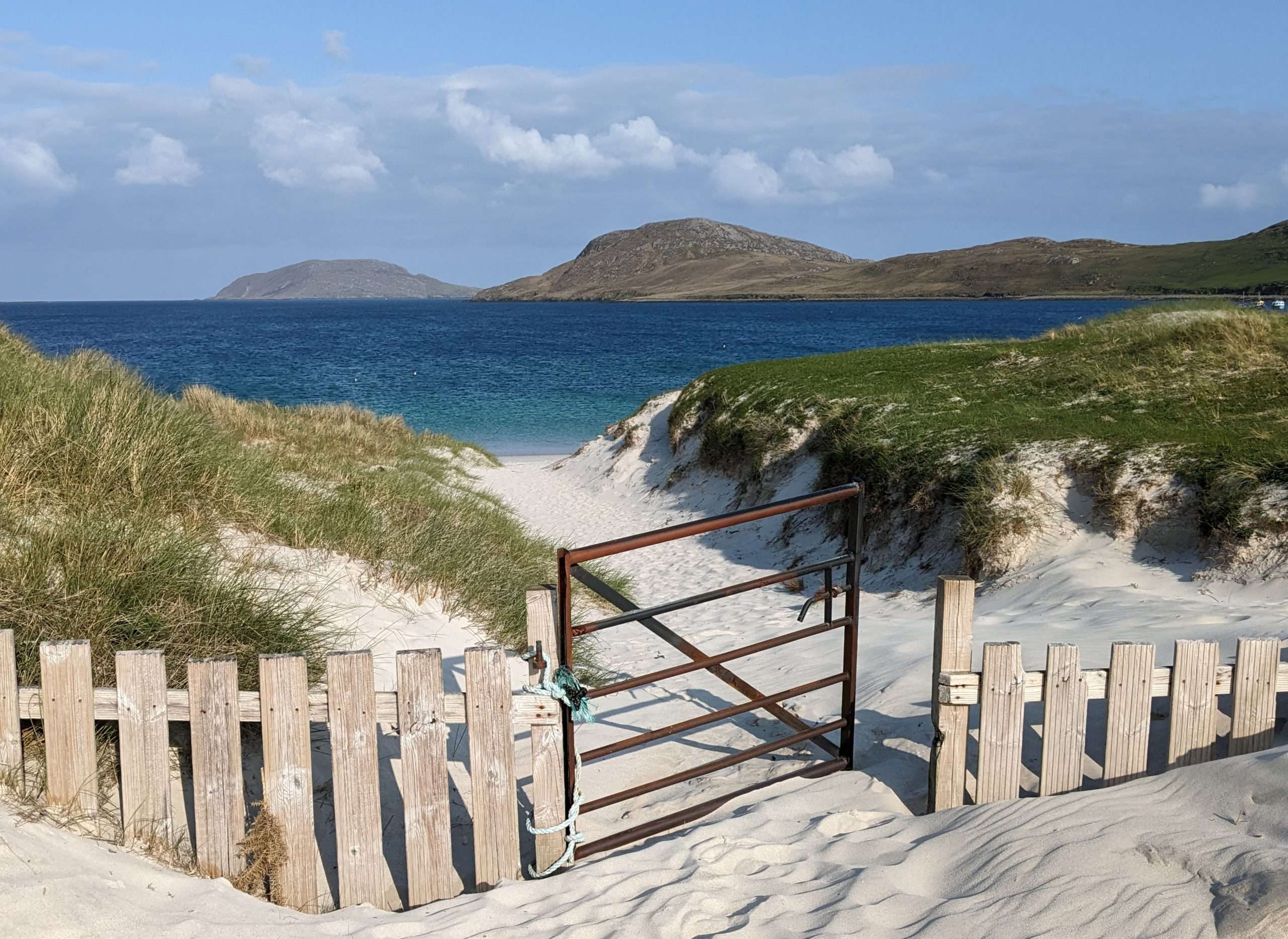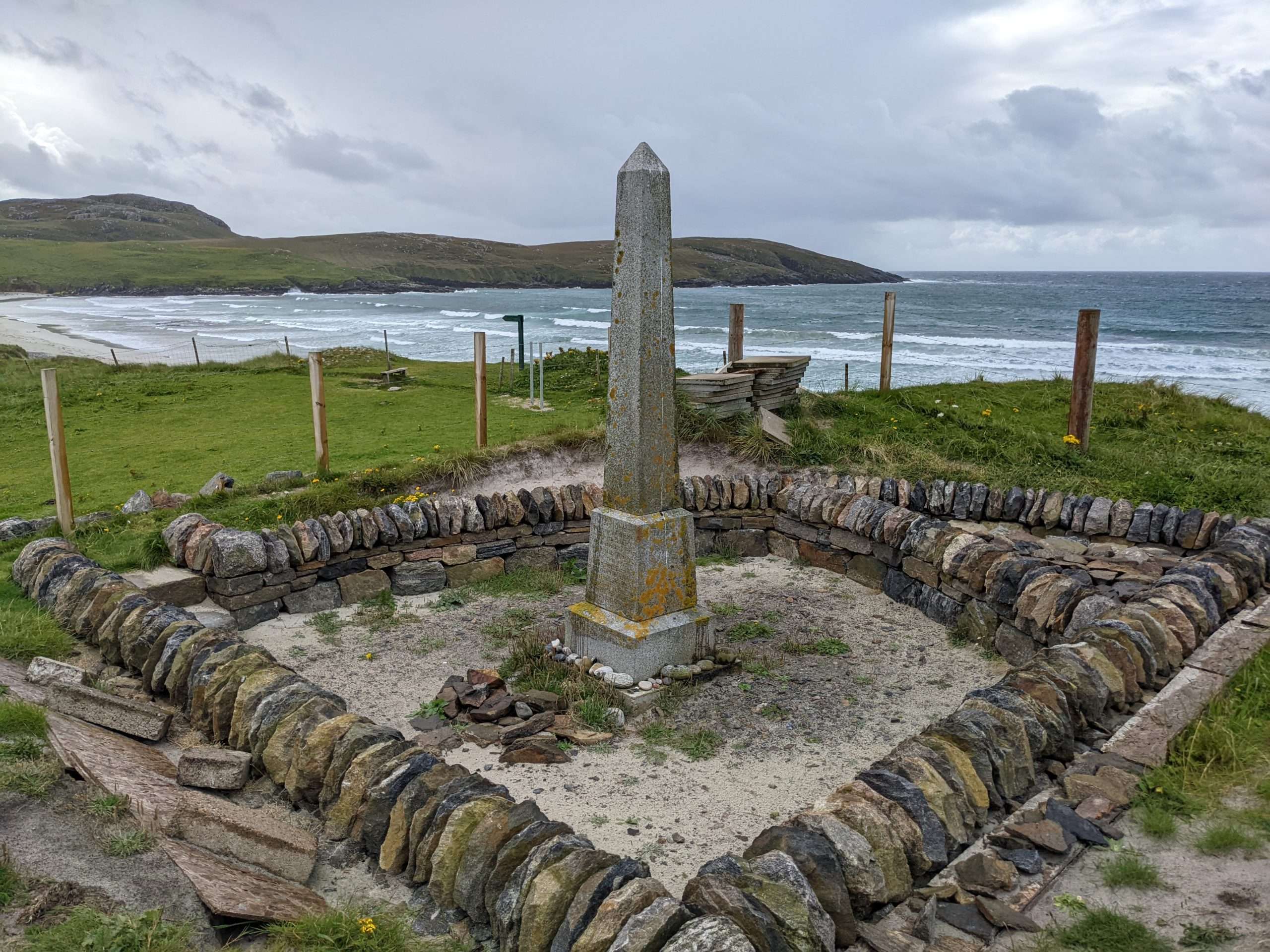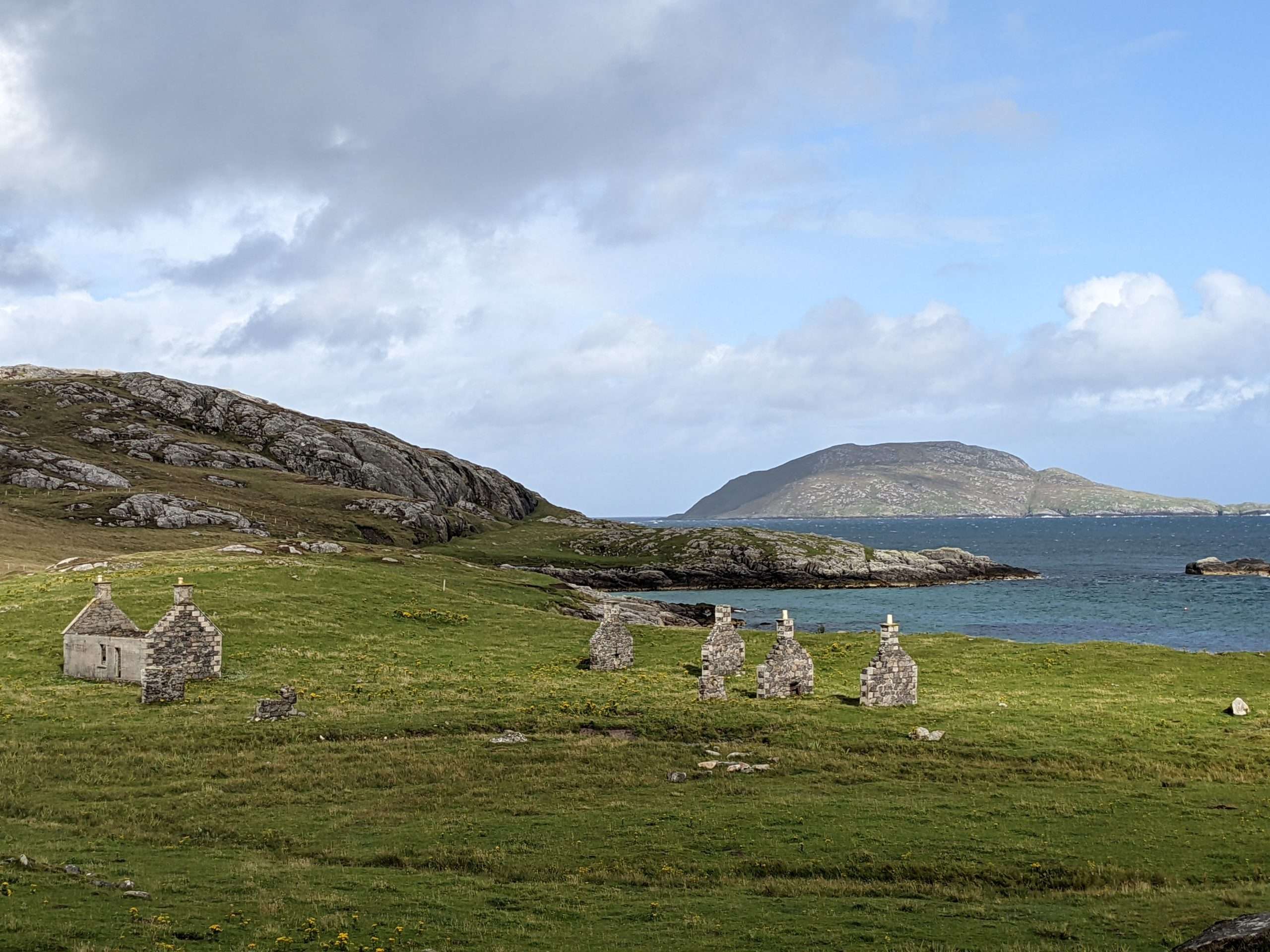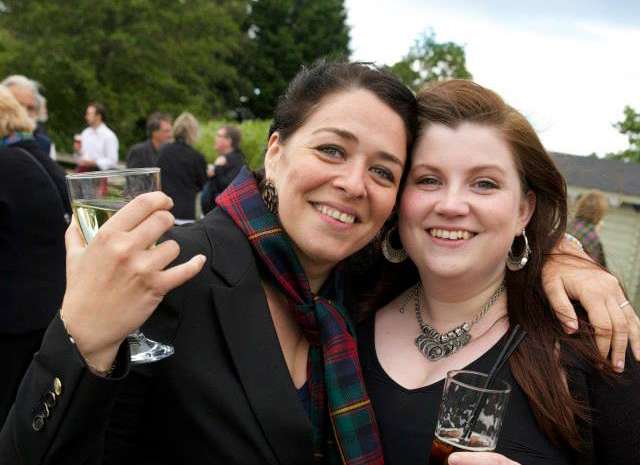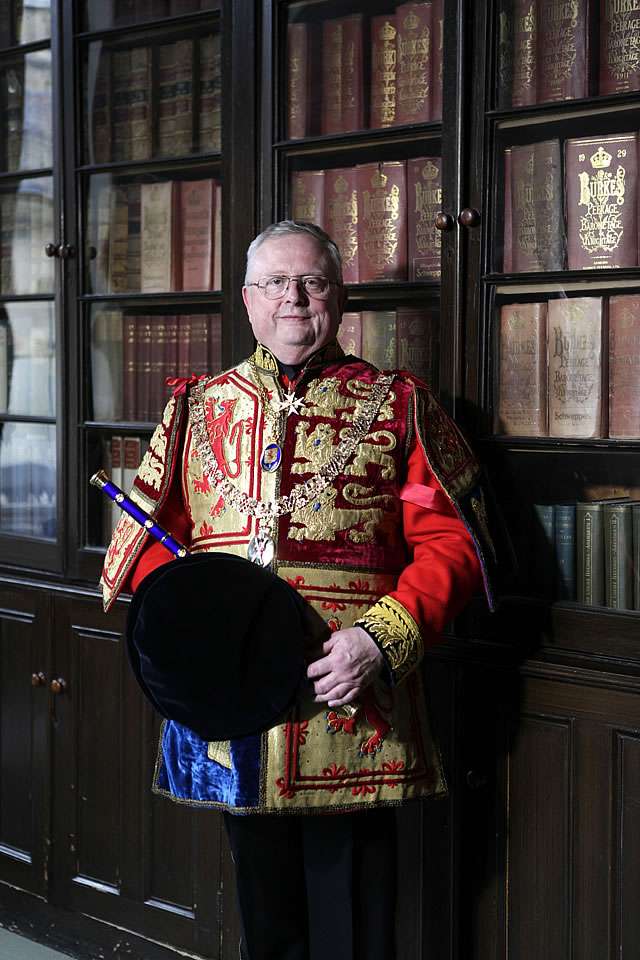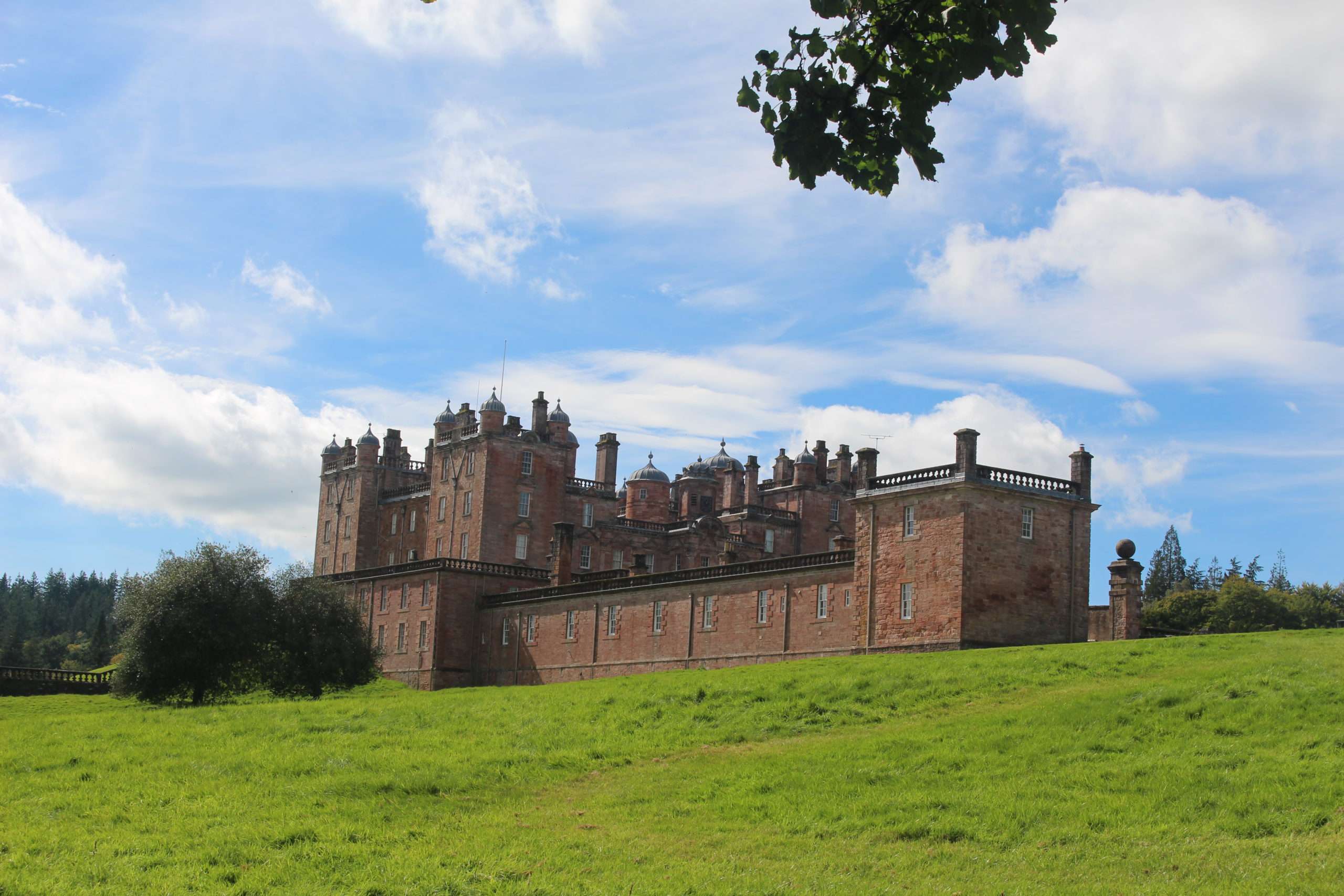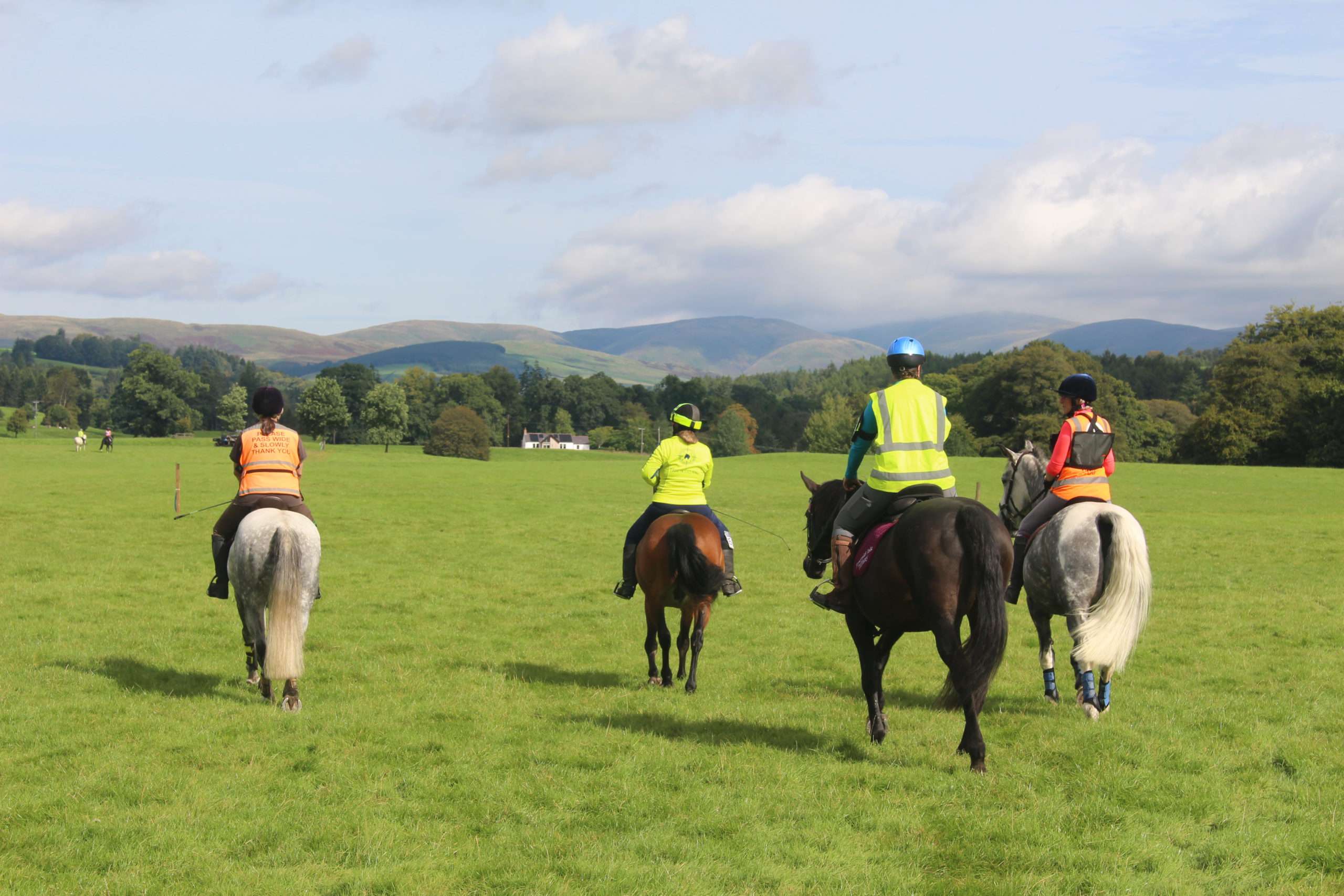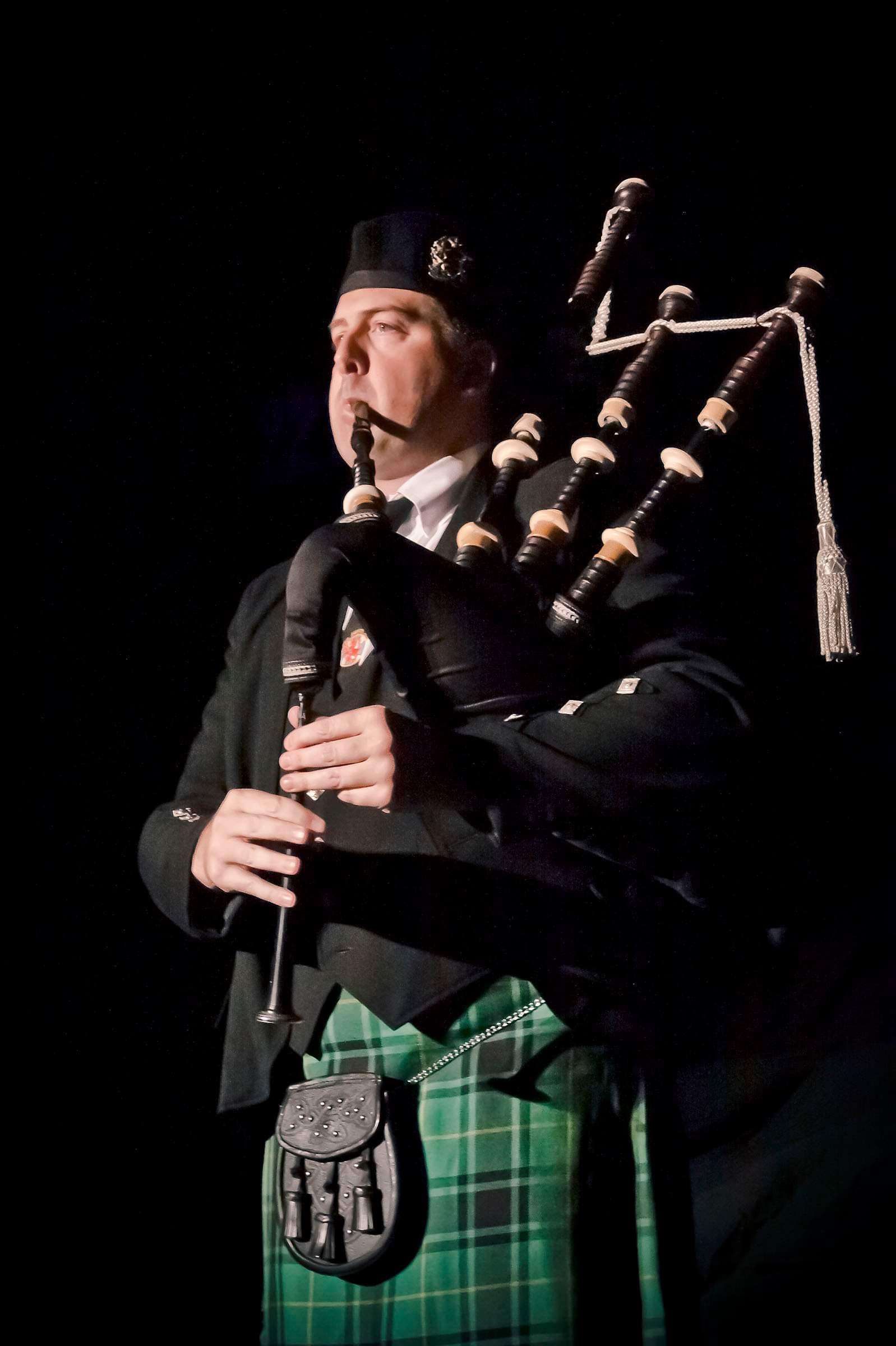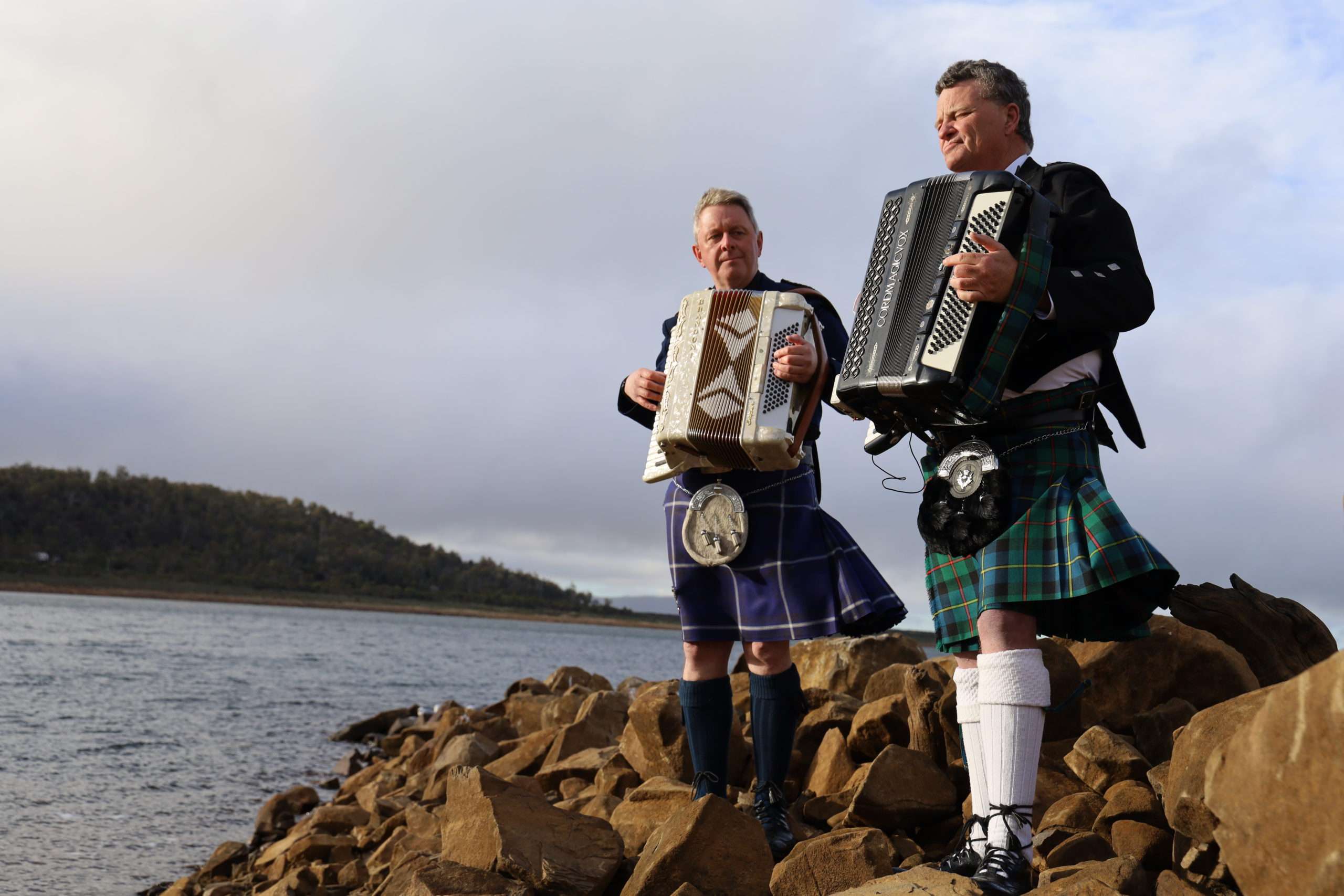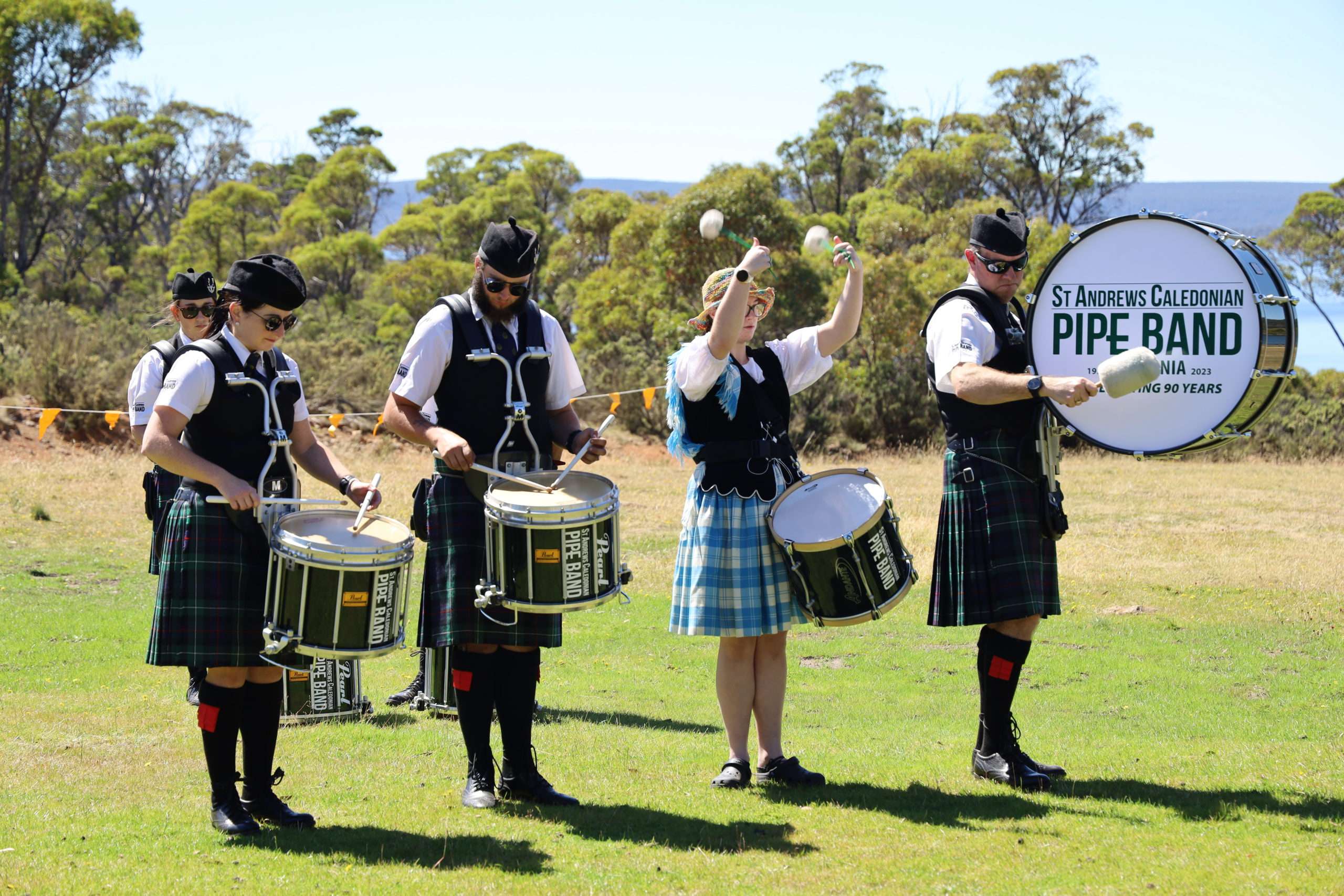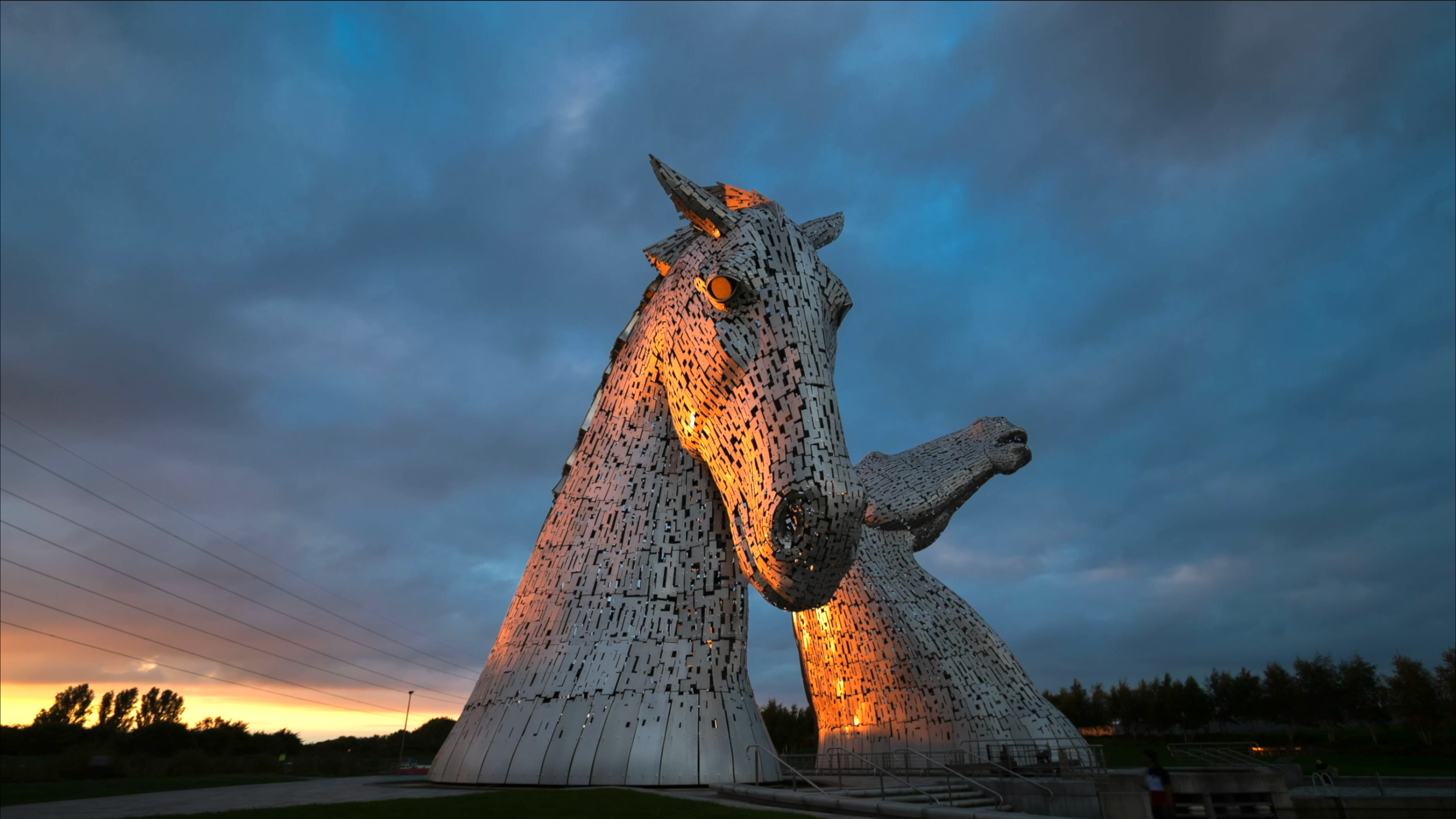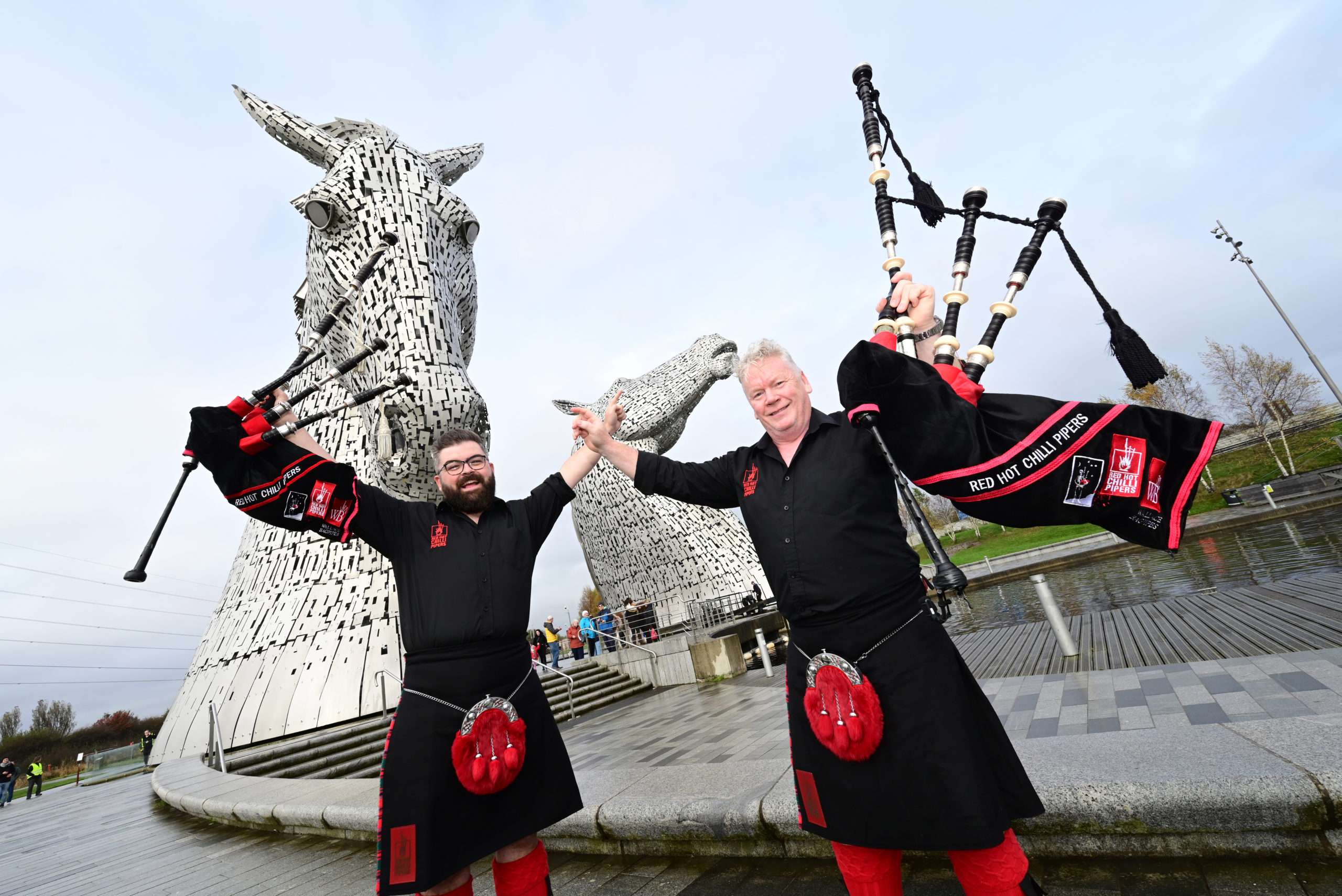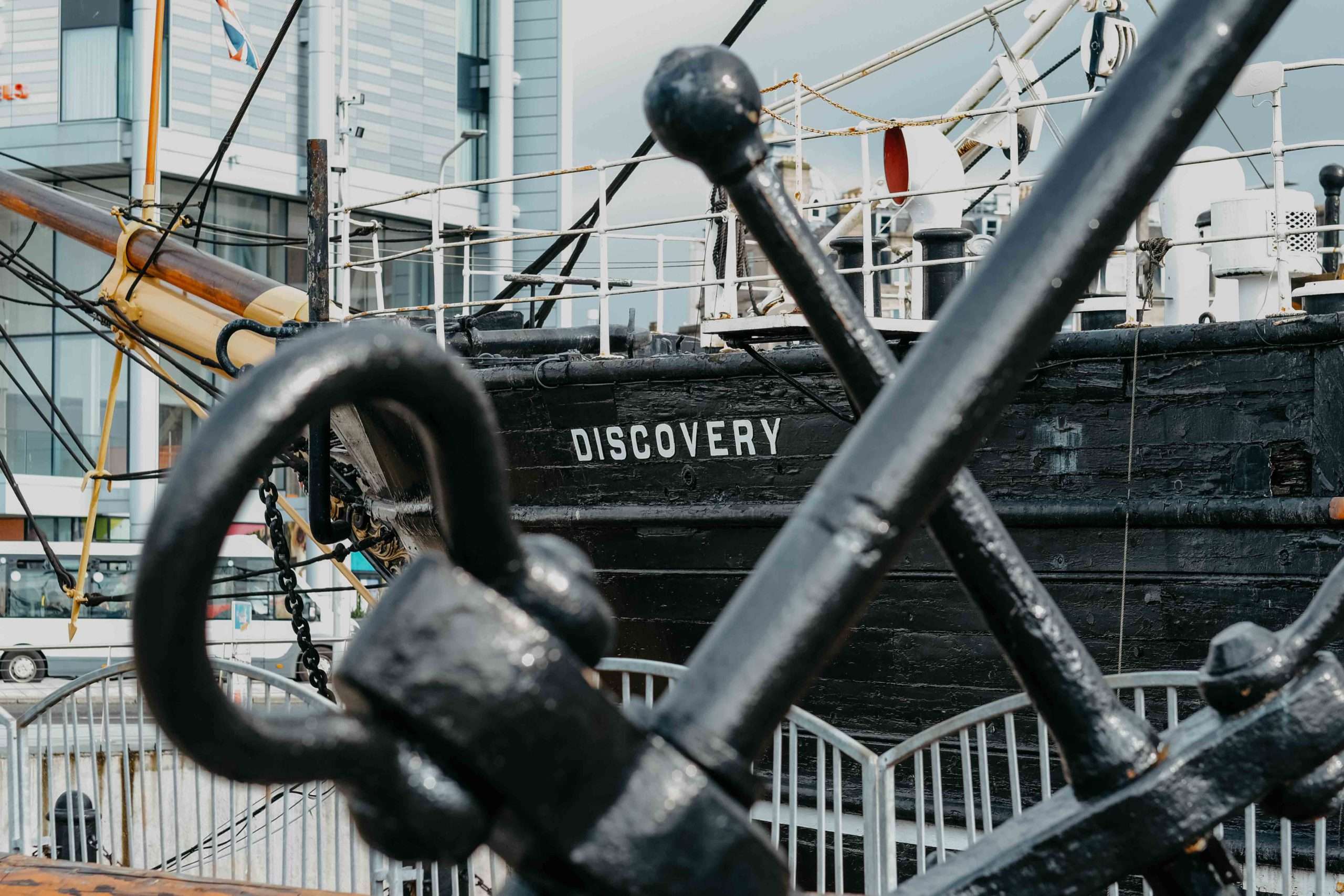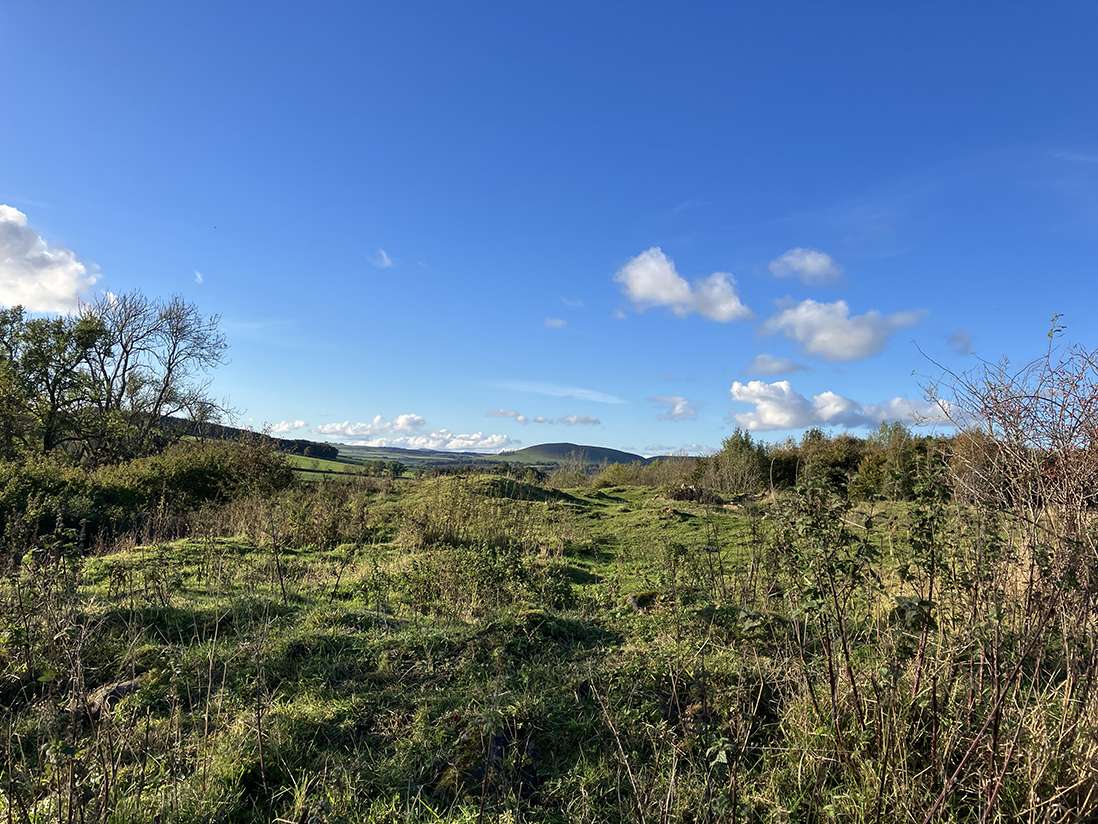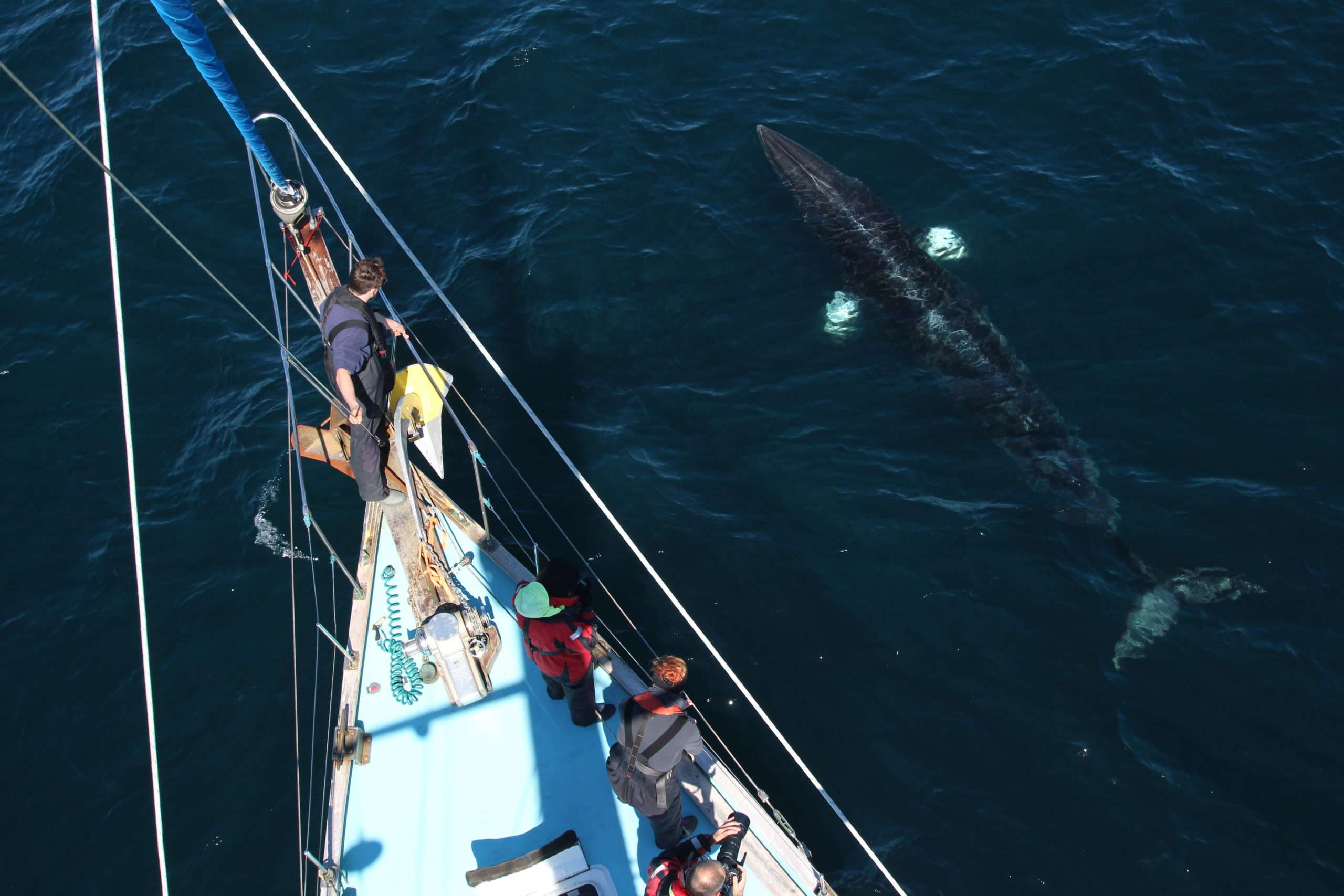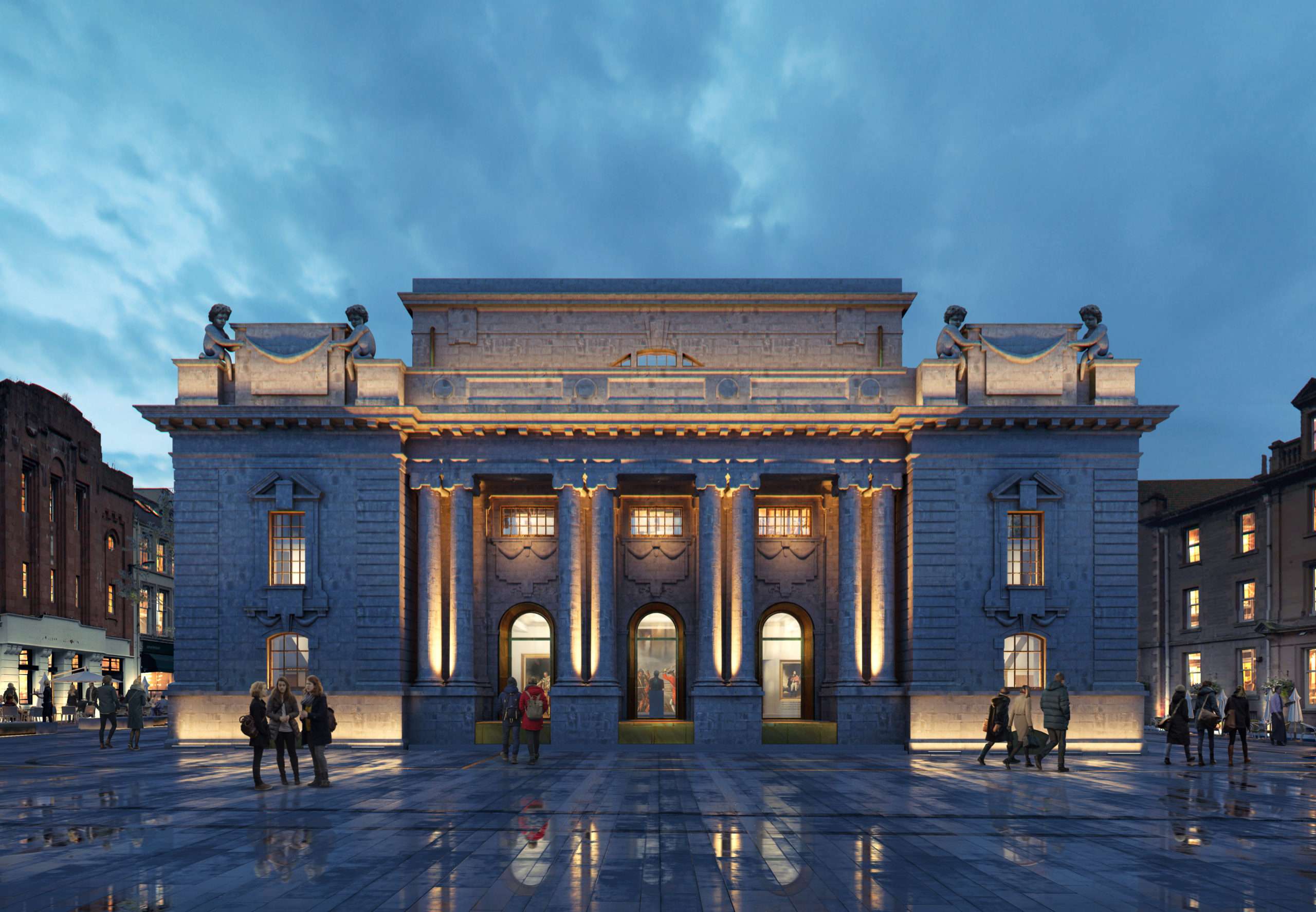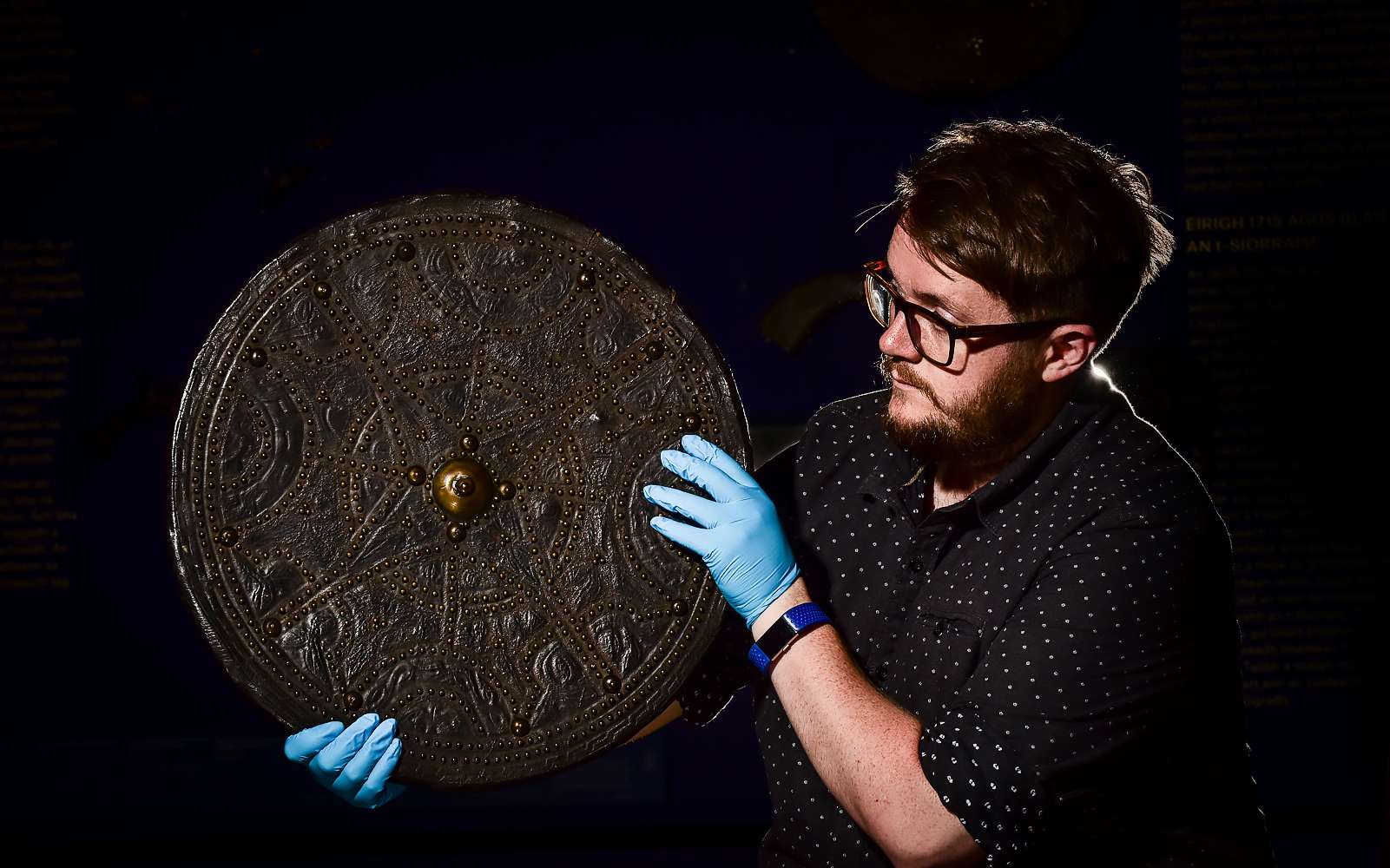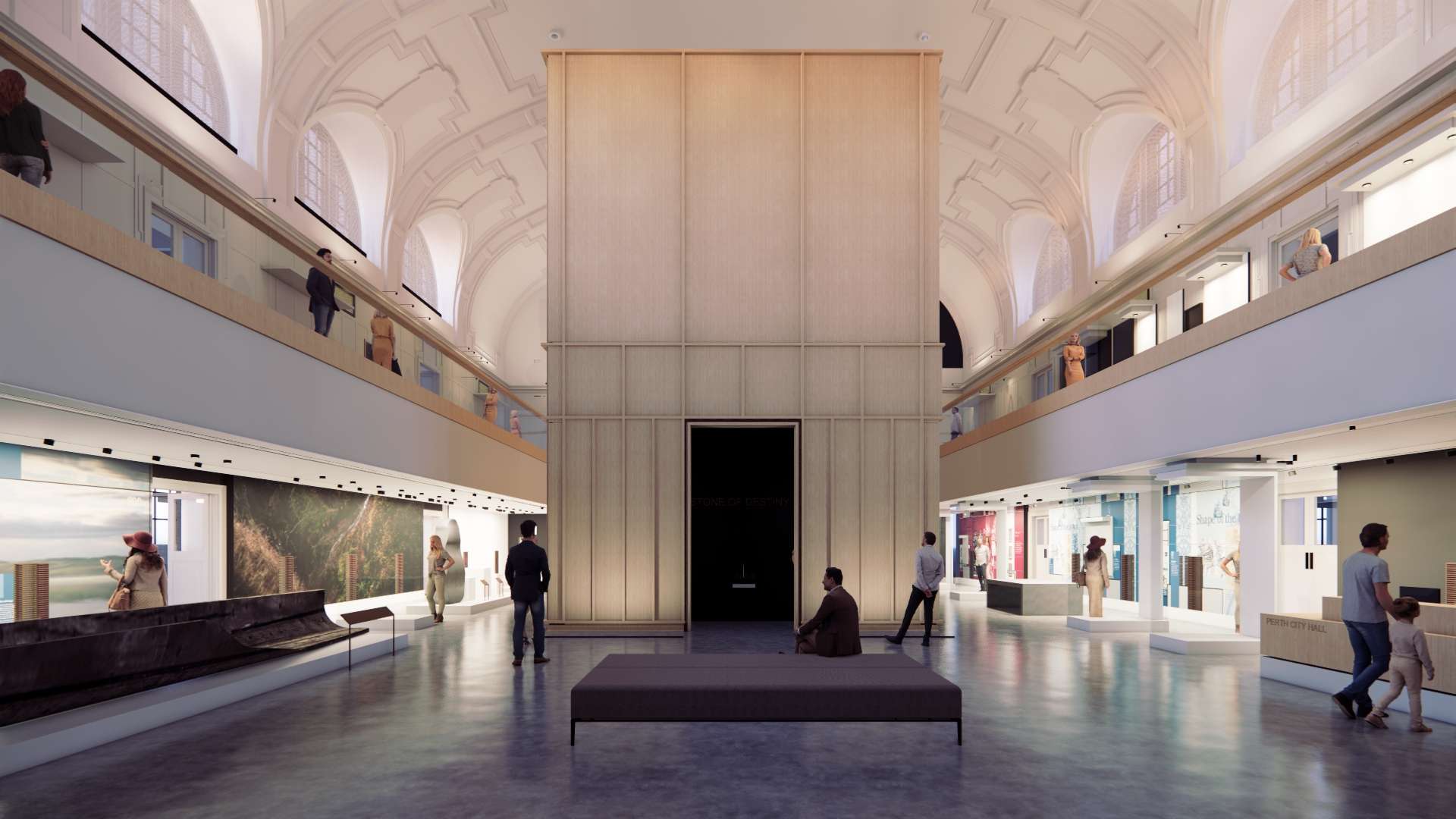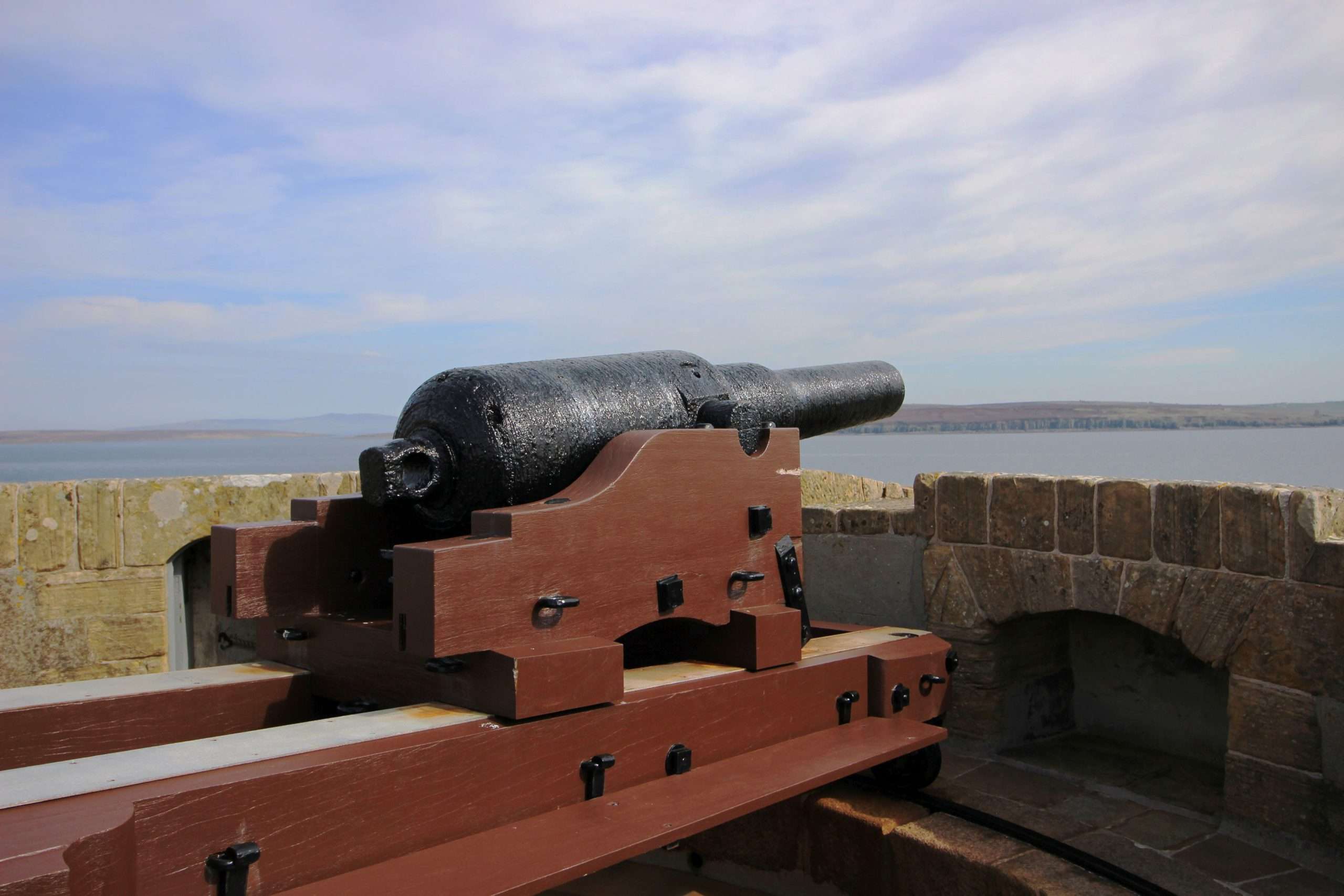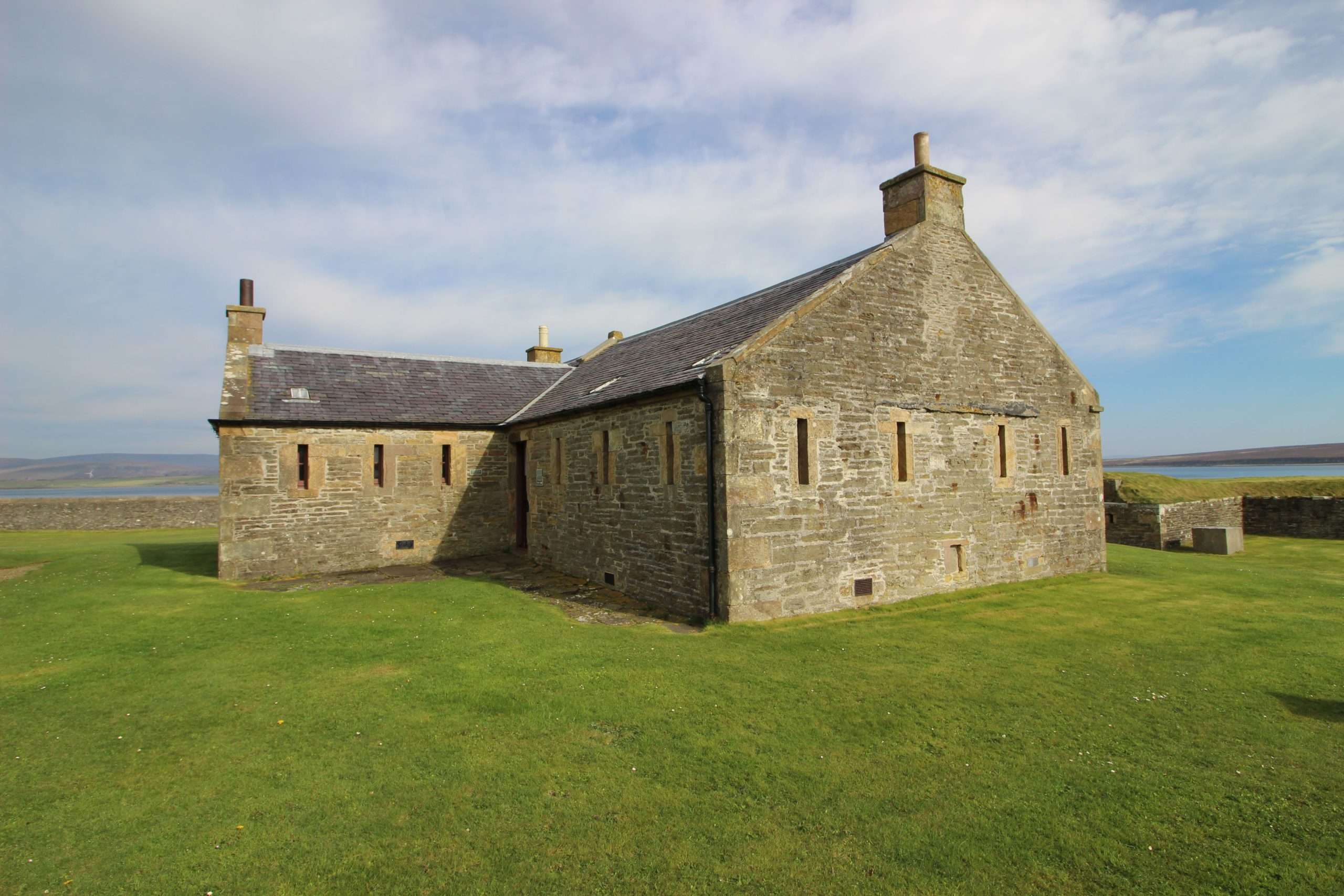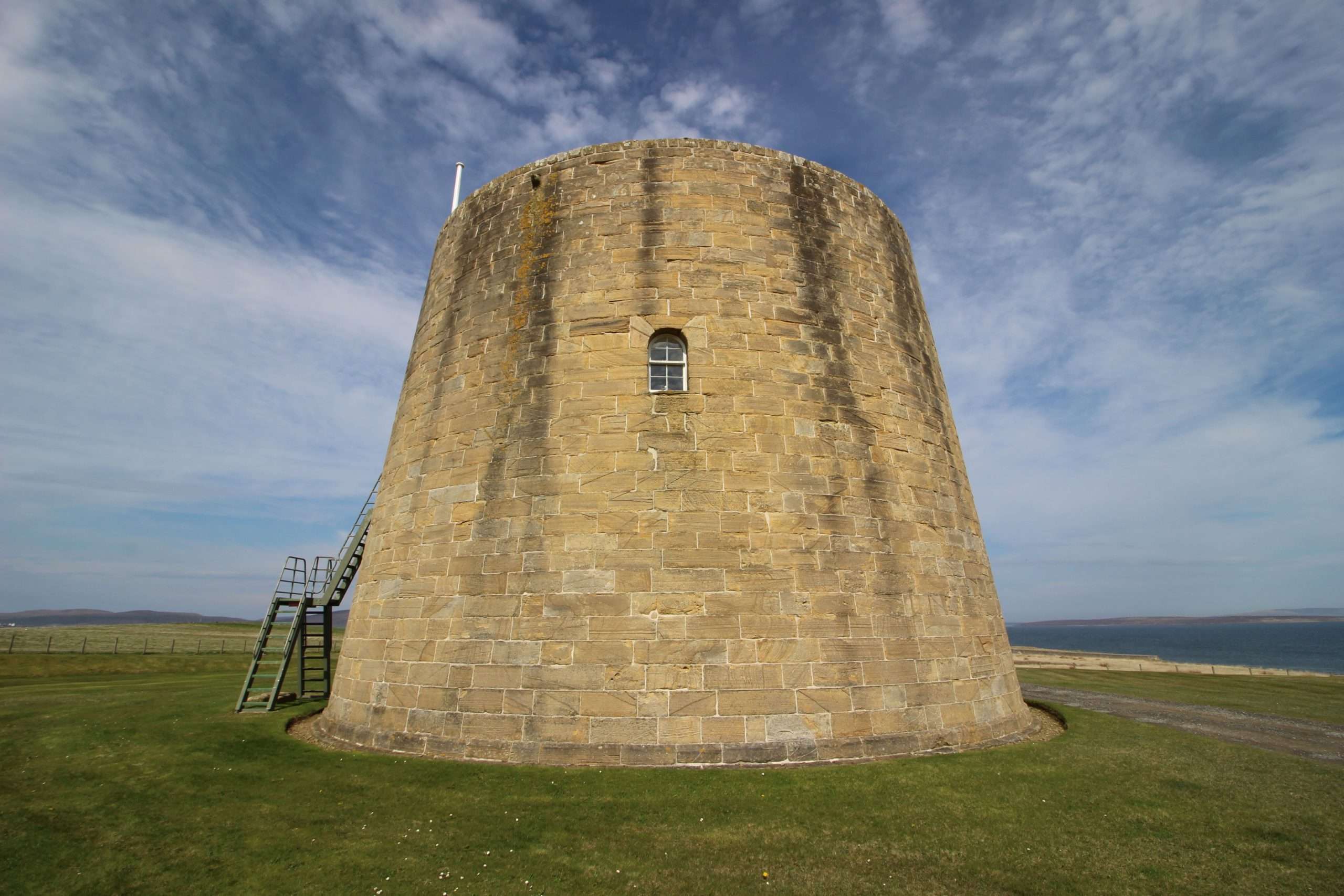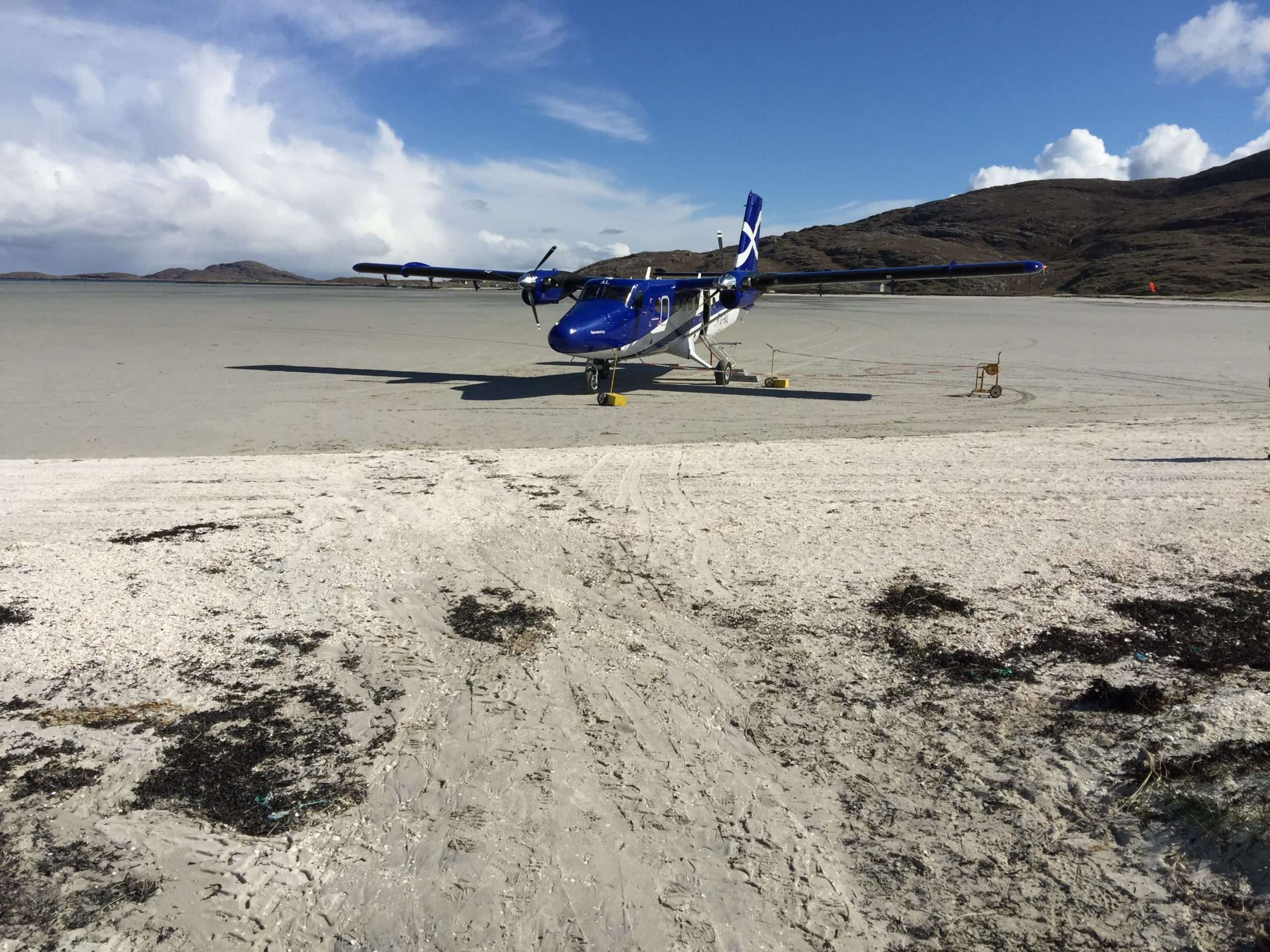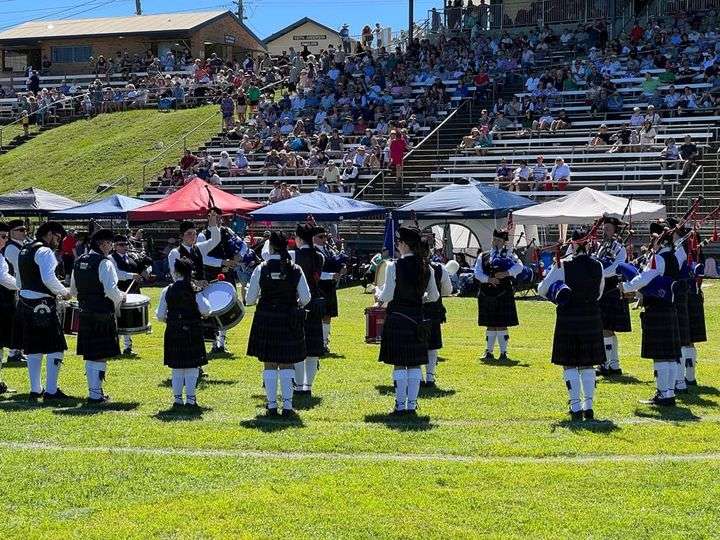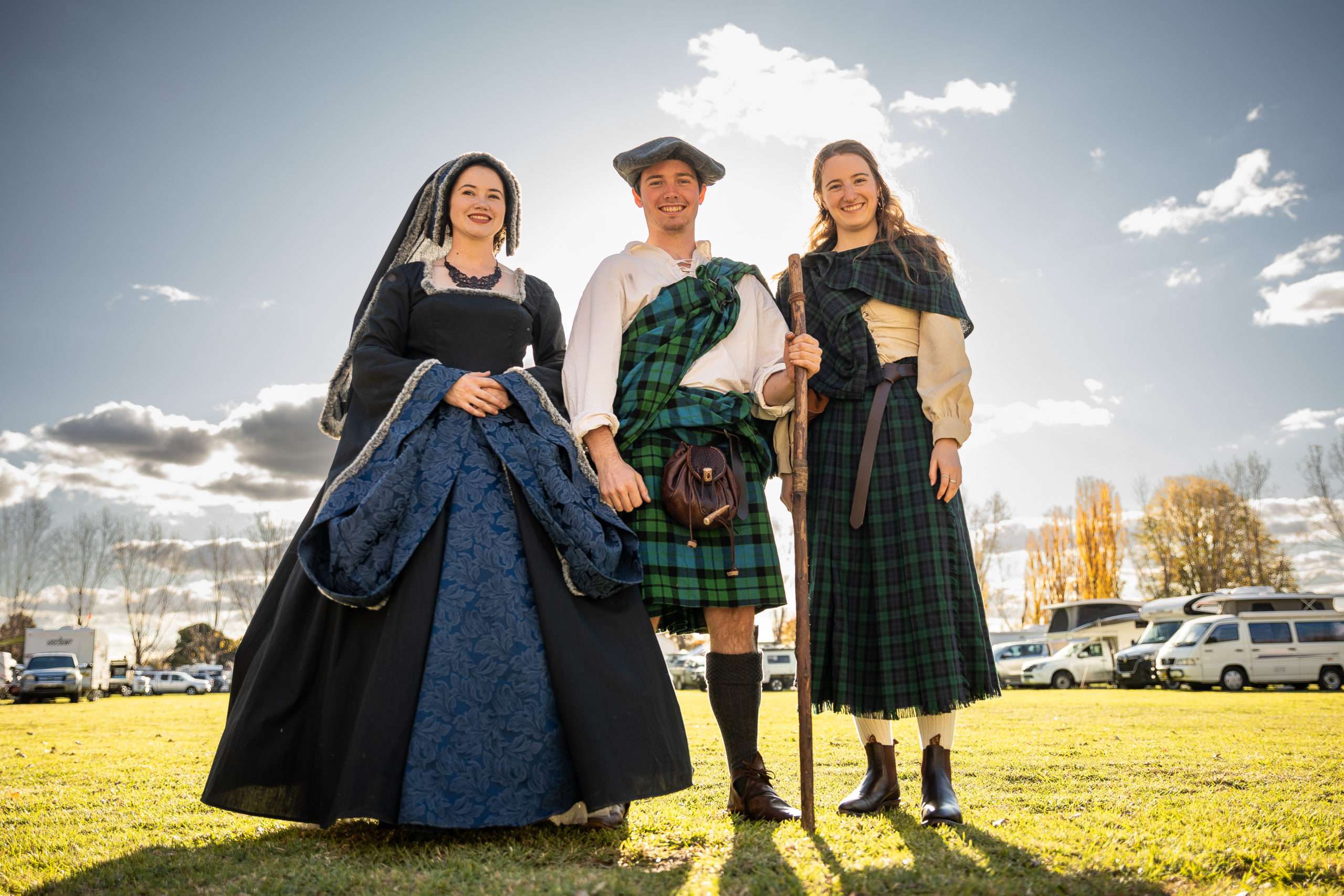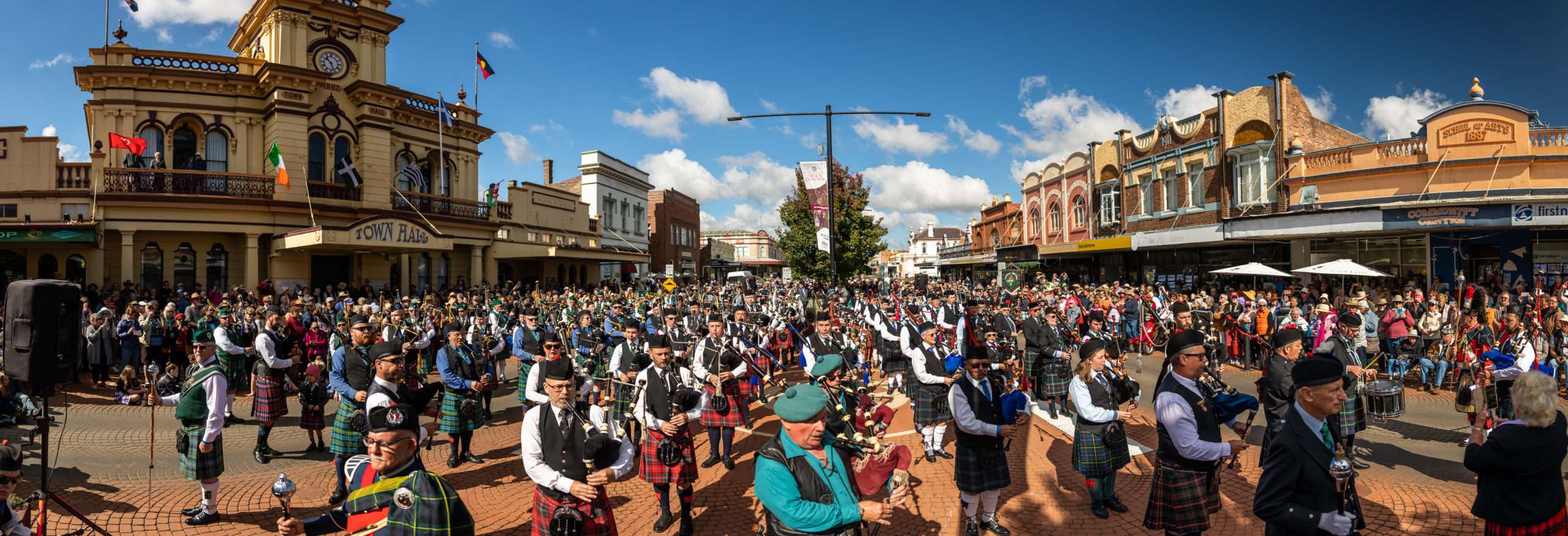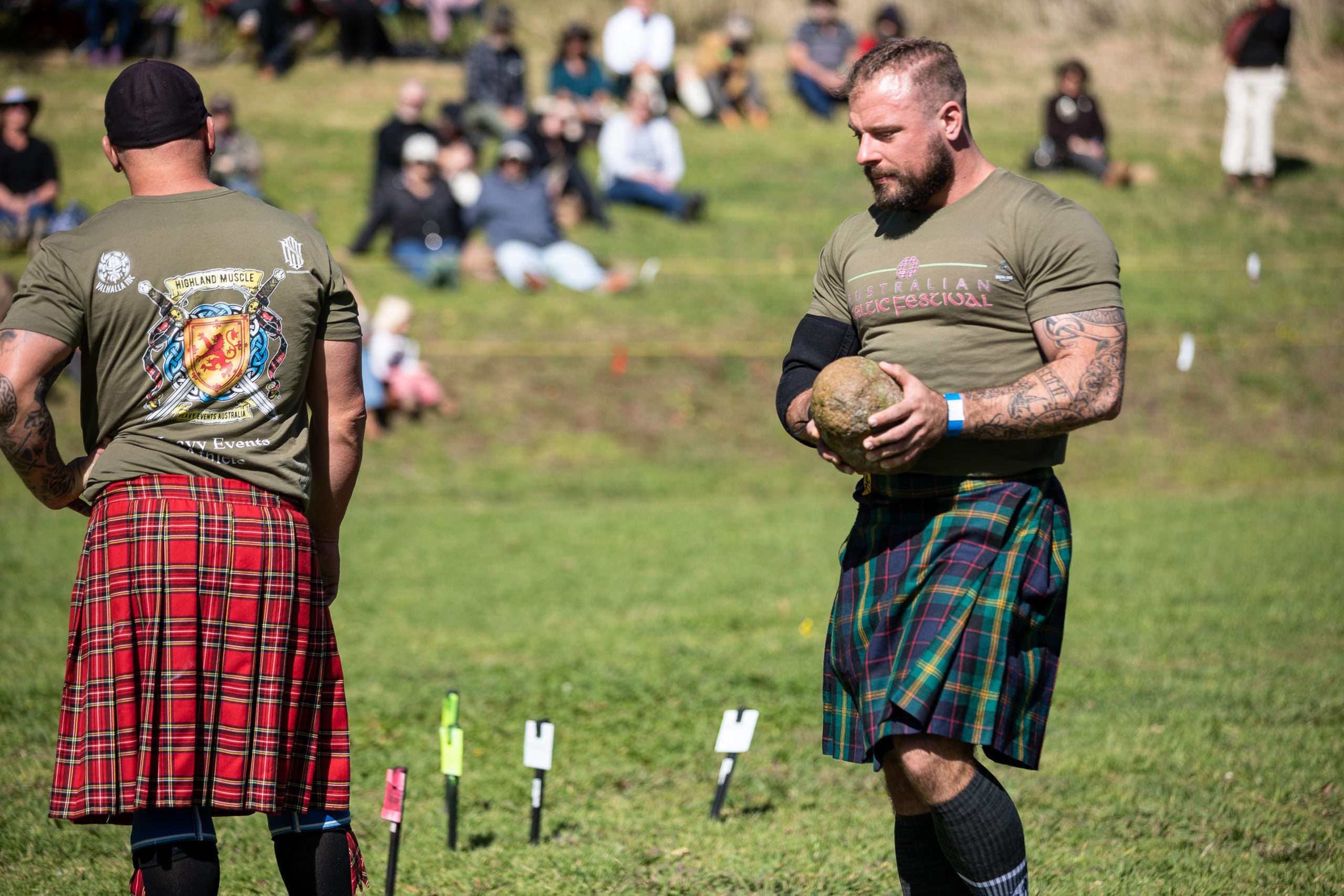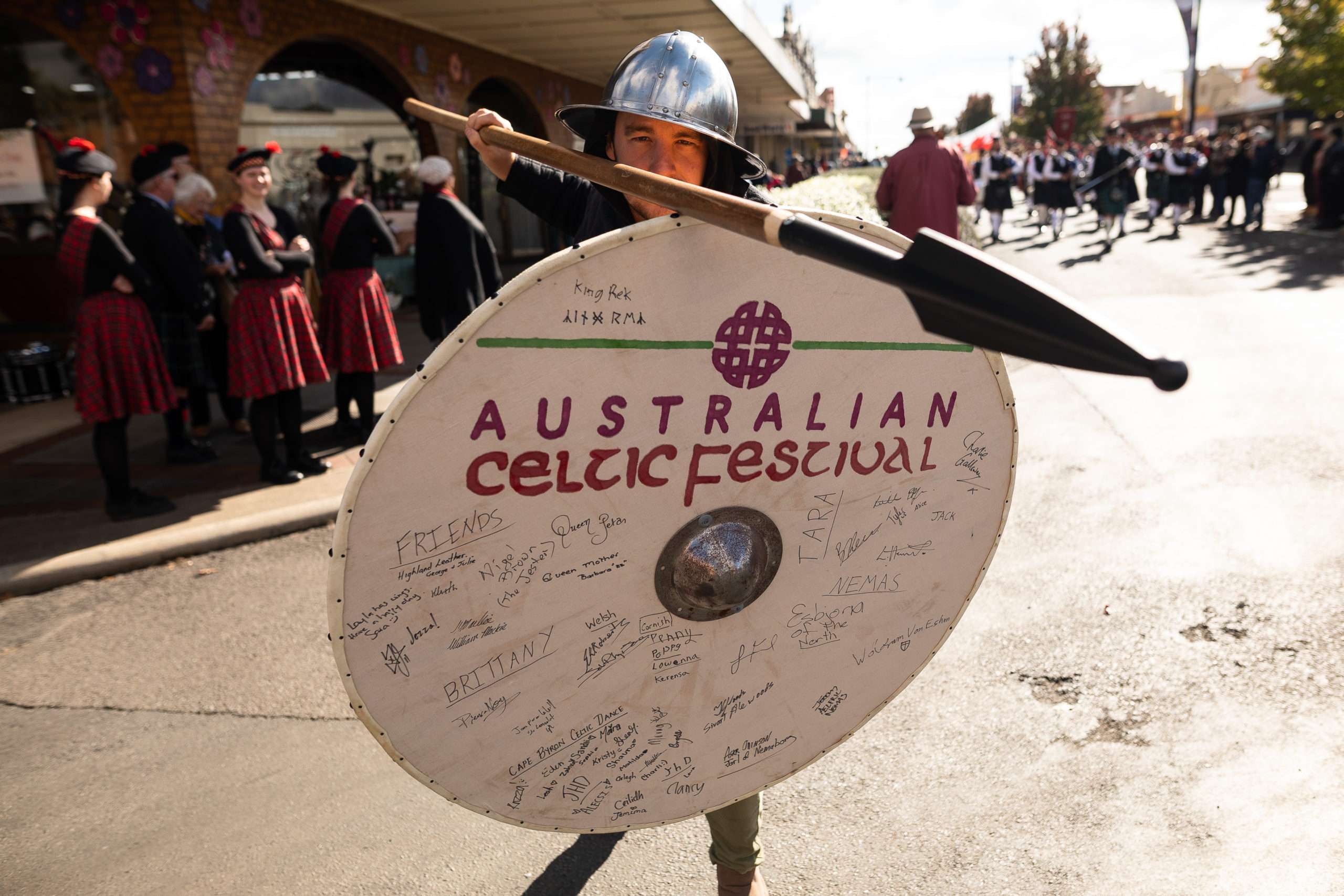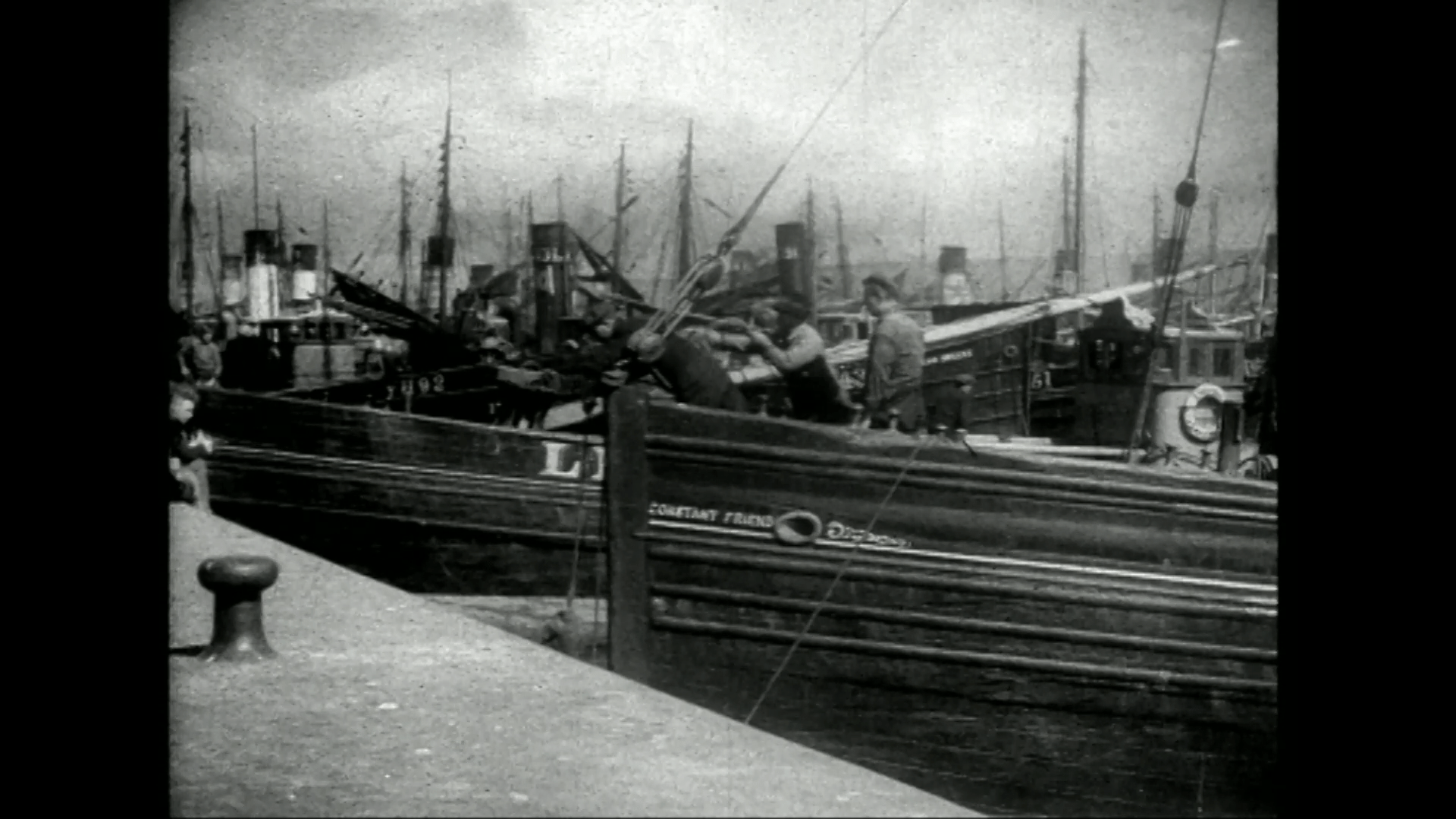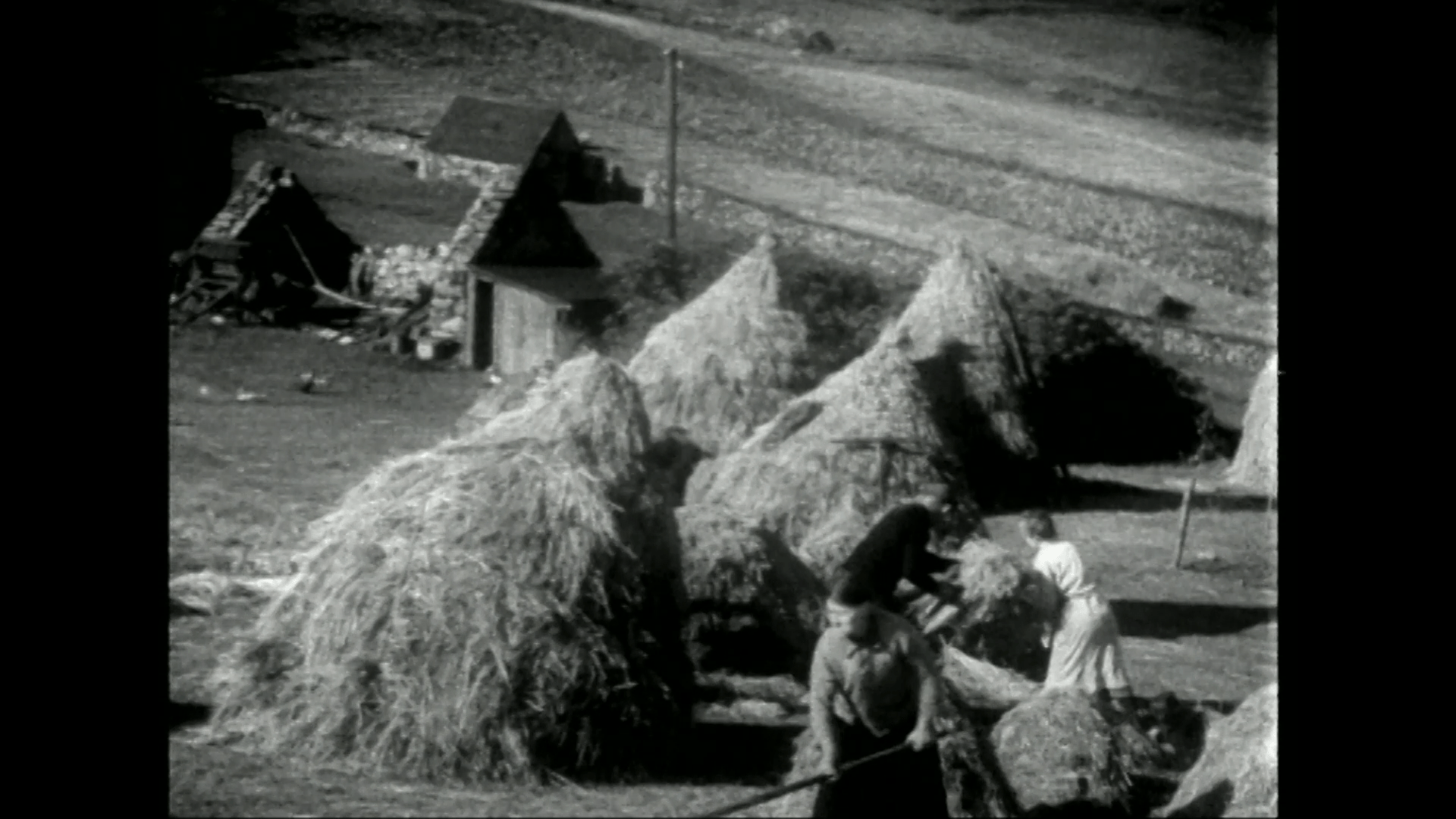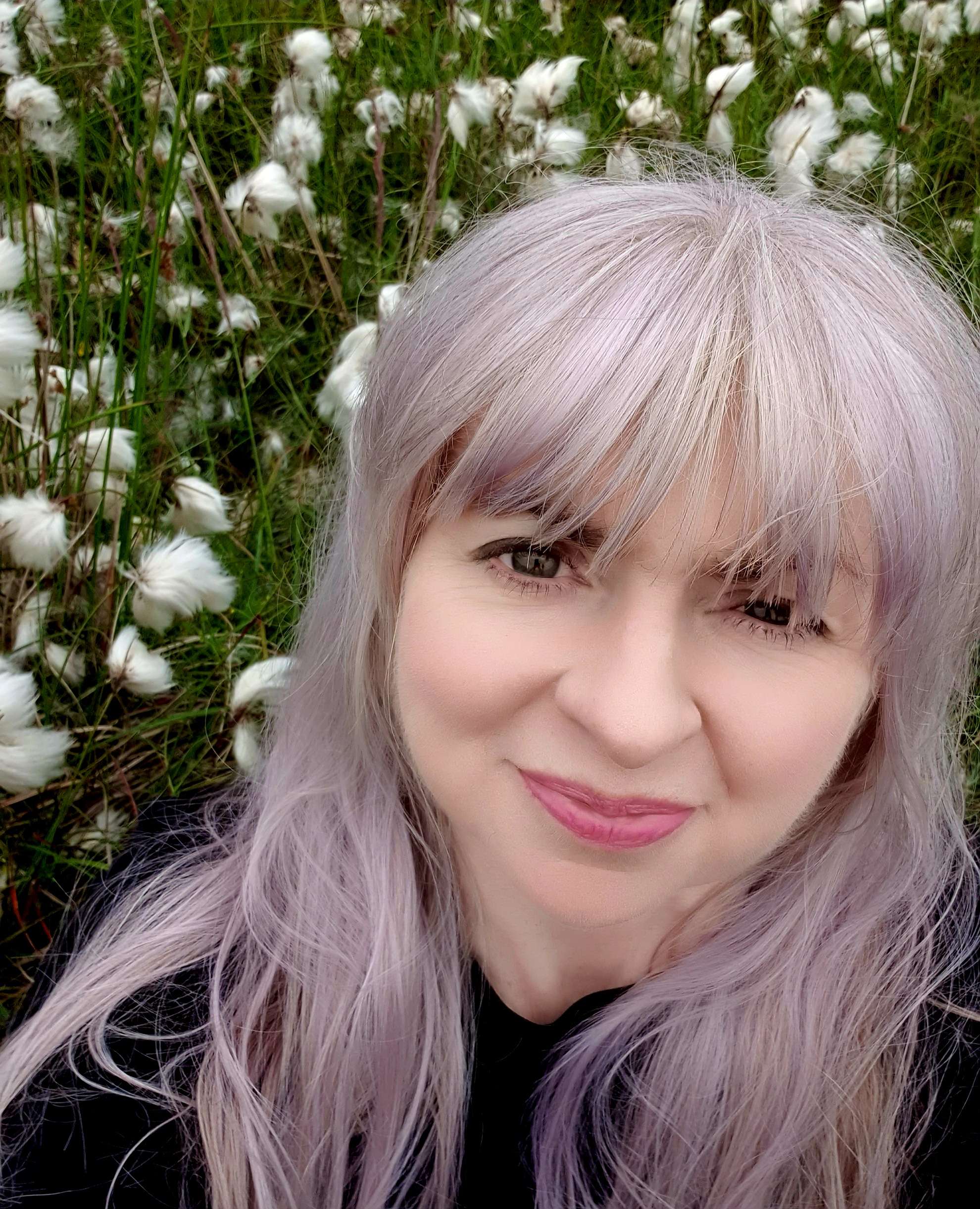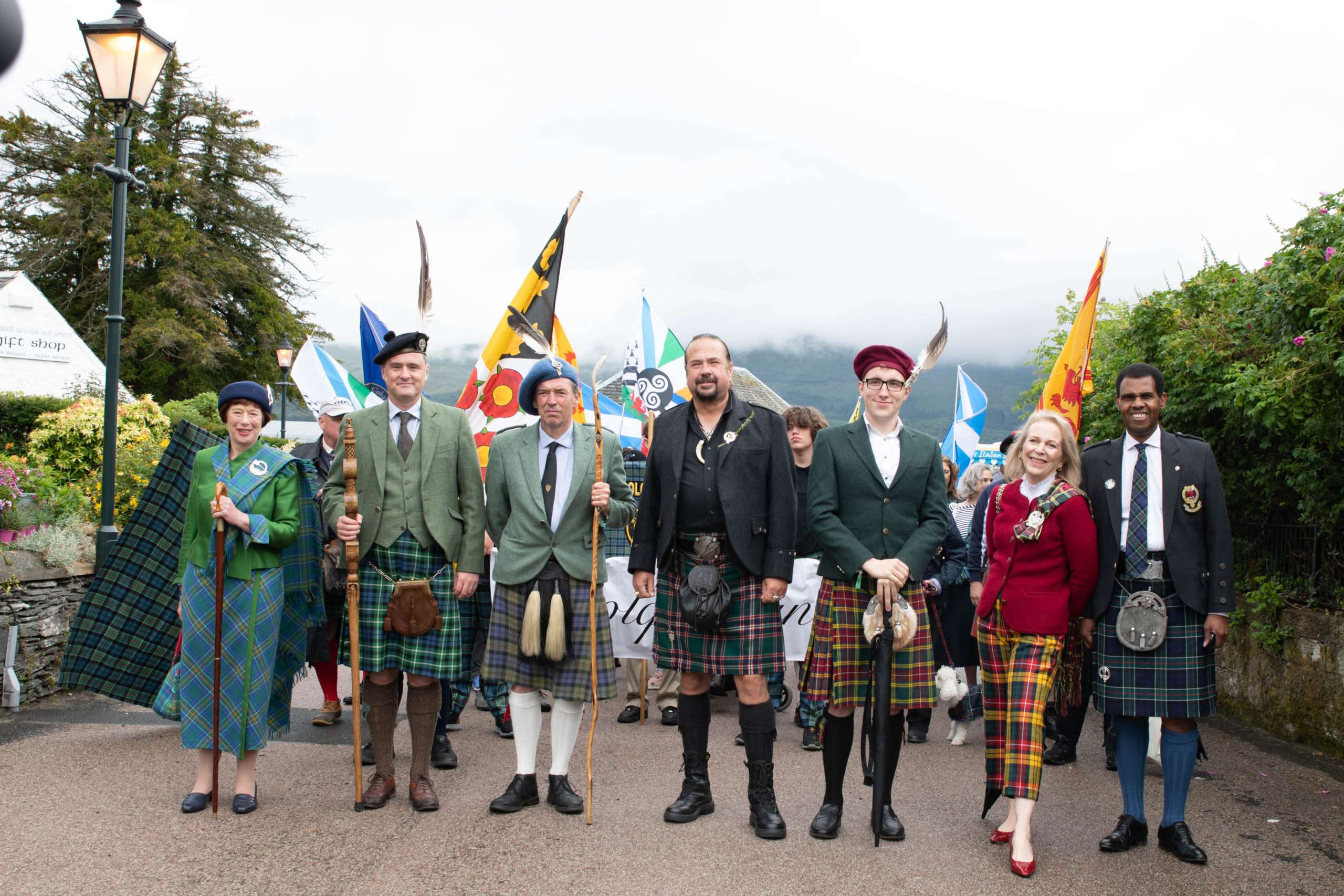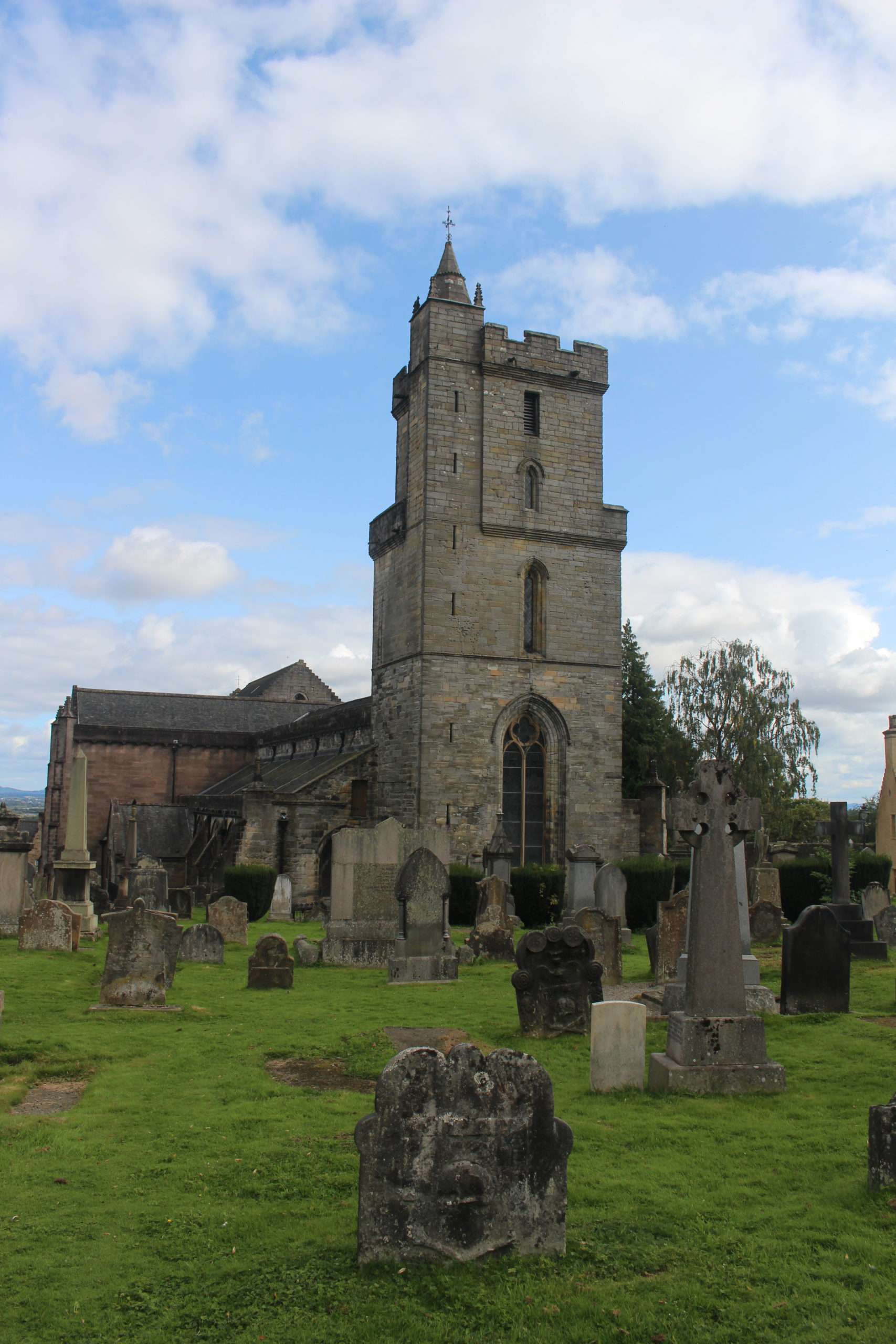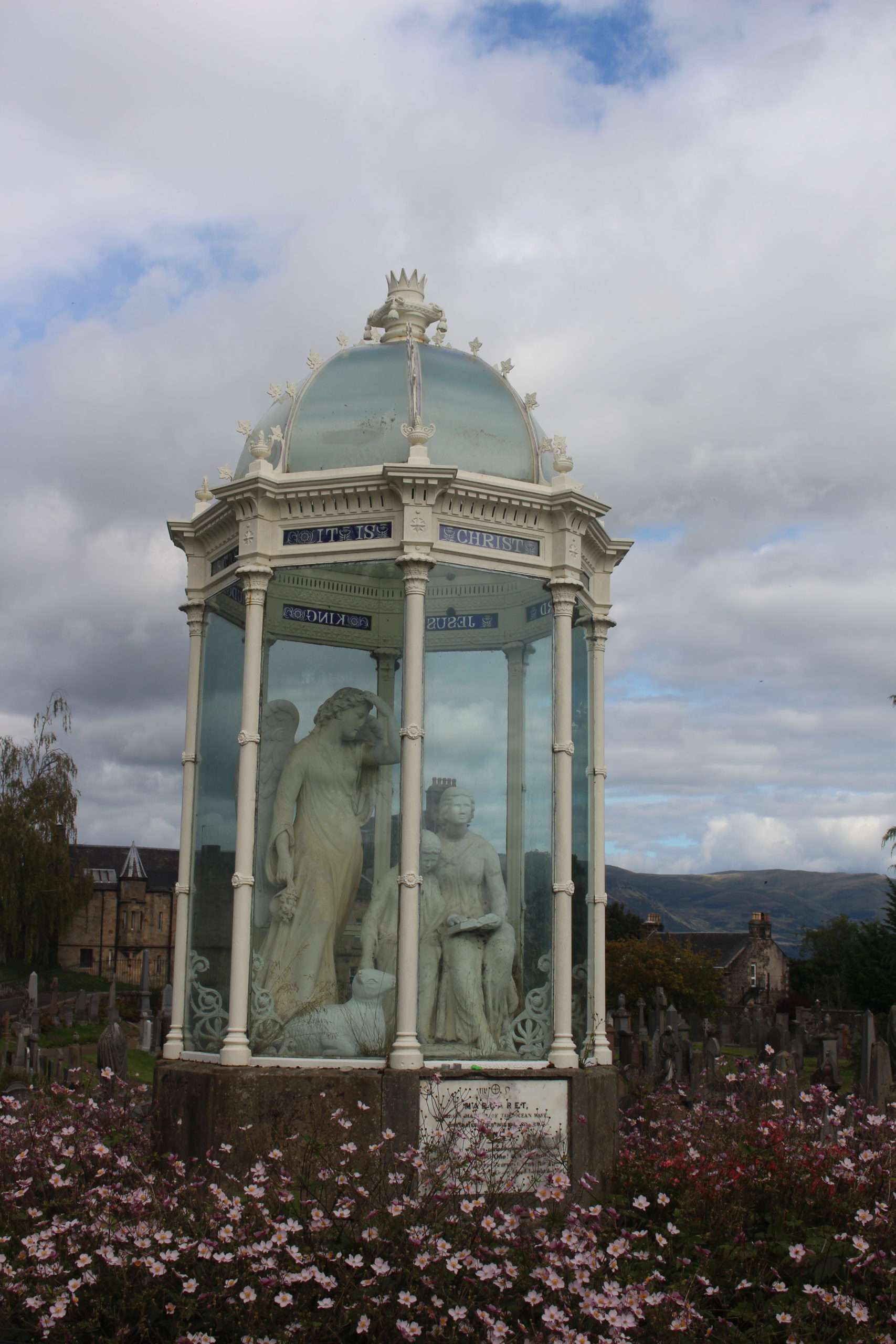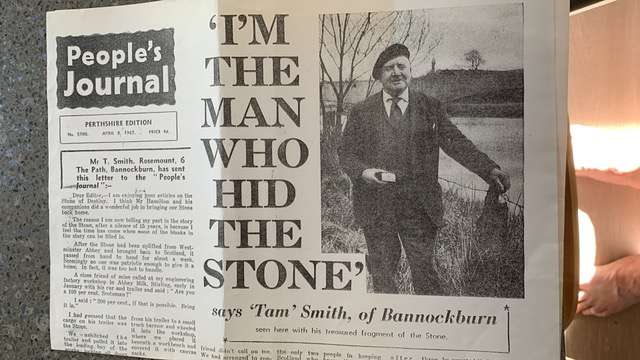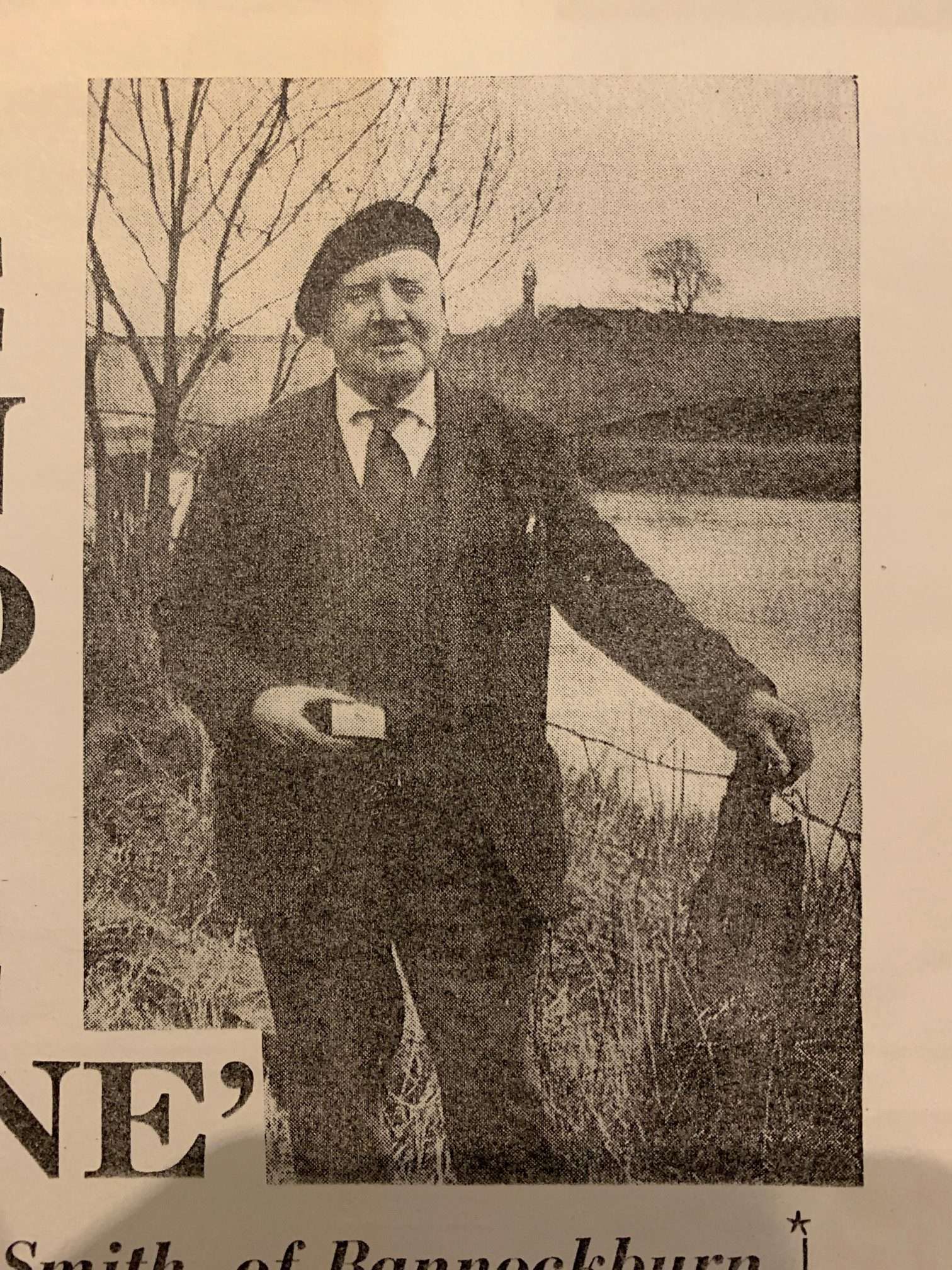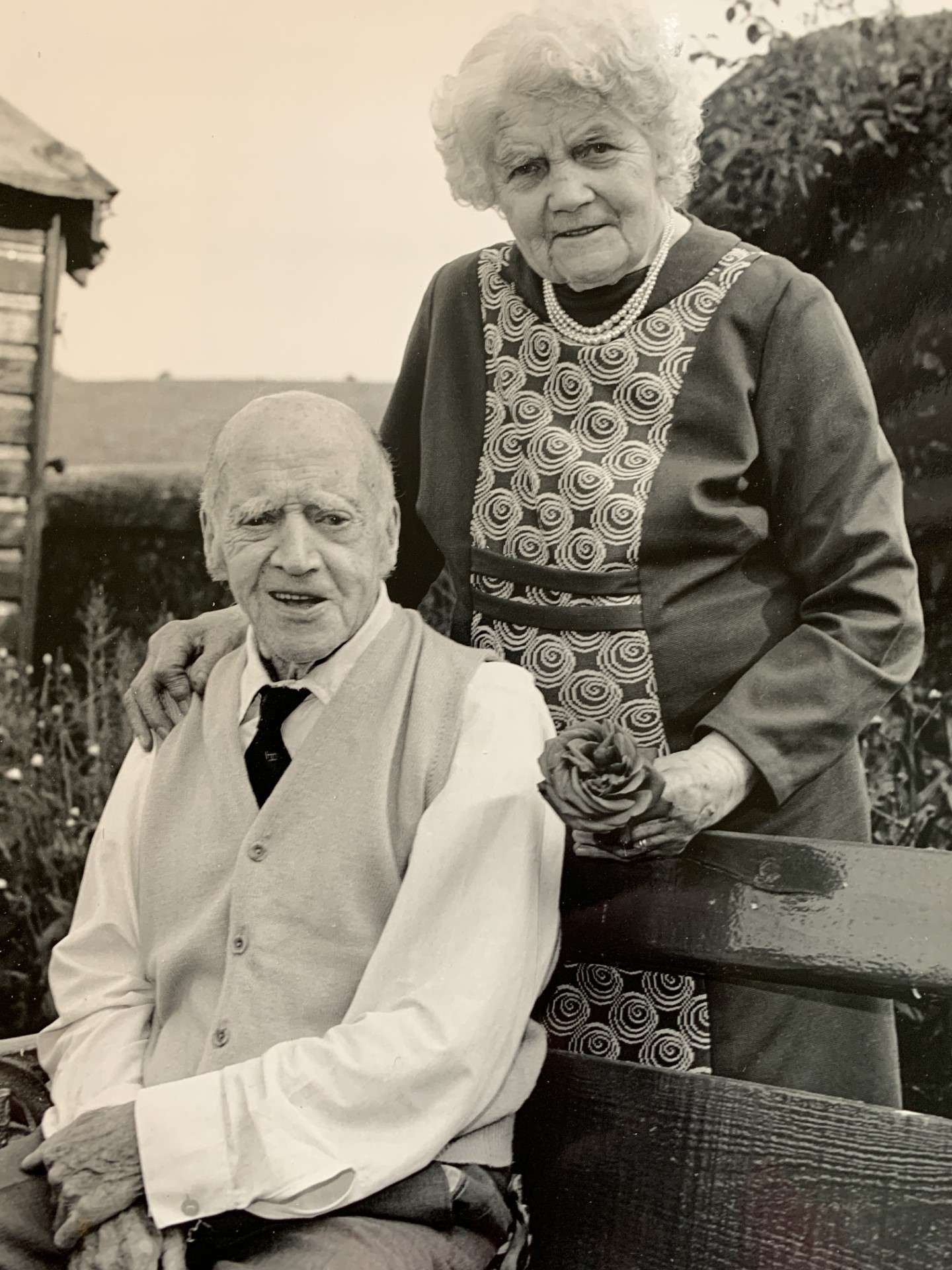Latest investigations by National Trust for Scotland archaeologists at Culloden Battlefield have recovered a wide range of artefacts, including a buckle they believe to be the shoe buckle of Donald Cameron of Lochiel, who led the 400-strong Camerons regiment into the battle. The large number of musket balls and grapeshot unearthed by the conservation charity’s archaeologists and volunteers in a small 60 sq m area close to the Government frontline, vividly illustrate the intensity of the fighting on the Jacobite right wing. The charity has revealed the findings, made during test pit excavation and metal detecting, as it recently marked the 278th anniversary of the battle on 16 April 1746, which saw around 1,600 men killed in less than an hour.

Of particular significance and interest to the Trust’s archaeologists were two items found in close proximity – a single piece of heavy lead grape shot and a broken copper alloy buckle. Derek Alexander, the National Trust for Scotland’s Head of Archaeology, explained, “The grape shot has obviously hit something with great force as one side of the lead ball has been completely flattened. The ball would have been around 2-3cm in diameter and, at 102g, weighed about four times a standard musket ball. The flattened side of the impacted ball has a striped impression, with part of the surface gouged and rolled back and an angular cut on one of its edges. It looks like it hit something angular with enough force to flatten the ball but also at an angle to cause the gouge across it.“
The Gentle Lochiel

The other item found in the same hole was a flat copper alloy object. This appears to be part of a broken rectangular framed buckle for a strap measuring 26mm wide. The buckle is decorated on the outside with cast beaded dots, plain lines and a central twisted-rope pattern, with a shape reminiscent of the flat, slightly-curved shoe buckles often shown in contemporary illustrations.
Derek Alexander continues, “The juxtaposition of both these artefacts, recovered from the same hole and within 20-30m of the British Army front line, is intriguing and the obvious conclusion would be that the grape shot hit the shoe buckle and broke off one end. This is of particular significance as one of the most recounted stories of the Jacobite charge at Culloden is the wounding of Donald Cameron of Lochiel, known as ‘The Gentle Lochiel’. The late Christopher Duffy, a leading authority on the Battle of Culloden, tells how Lochiel ‘advancing at the head of his regiment [the Camerons], was so near Barrell’s [Government Regiment] that he fired his pistol, and was drawing his sword when he fell, wounded with grapeshot in both ankles. This description shows us that Lochiel was hit in the ankles charging forward and if he had been wearing shoes with buckles, it is possible that these would have been hit and partly absorbed the impact. We can’t prove that this is what happened but both objects combine to tell the story of the terrible events that took place on that day.”
Donald Cameron of Lochiel (1695-1748) was the hereditary chief of Clan Cameron and led their 400-strong regiment at the Battle of Culloden. A staunch Jacobite, he played a key role in the 1745 Rising and marched with his clan regiment to Derby and back. Despite being wounded at Culloden, he managed to escape to France with Bonnie Prince Charlie in September 1746. He died of a stroke in northern France at the age of 53 in 1748. After the Rising, he was give the nickname ‘The Gentle Lochiel’ due to him preventing the Jacobite army from sacking the city of Glasgow in 1746.
Donald Cameron of Lochiel, the current (28th) chief, commented, “This fascinating archaeological discovery adds to the legends surrounding one of my most famous ancestors, the Gentle Lochiel, and certainly tallies with the fact that he was injured by grape shot in that particular location at Culloden. We will of course never know the full picture but it’s intriguing that the battlefield is still producing such interesting artefacts even today.”
Sharing the stories of Culloden

Gail Cleaver, the National Trust for Scotland’s Operations Manager for Culloden, added, “Culloden Moor is a powerfully emotive place, and it’s rare for a landscape of this age to be so relatively intact. The National Trust for Scotland has been acquiring and caring for parts of the battlefield since 1937. But the field of battle and the views that surround it are increasingly under threat from development, and as well as sharing the stories of Culloden, our charity works hard to protect its sense of place. This is why we set up the Culloden Fighting Fund in 2021. The fund helps us care and protect the battlefield in many ways, including setting up our five-year archaeology programme which has transformed our understanding of the battle and strengthened our advocacy against improper development around the battlefield. As we mark the 278th anniversary of the Battle of Culloden, our charity is grateful to people from all over the world who generously support our work here. Their donations to the Fighting Fund, as well as the encouraging words they send to us, are greatly appreciated and remind us more than ever of how privileged we are to care for Culloden and how important is our work to protect, care for and share it. If you’d like to support us in that, you can donate at nts.org.uk/Culloden-fighting-fund.”
All images courtesy of the National Trust for Scotland.






